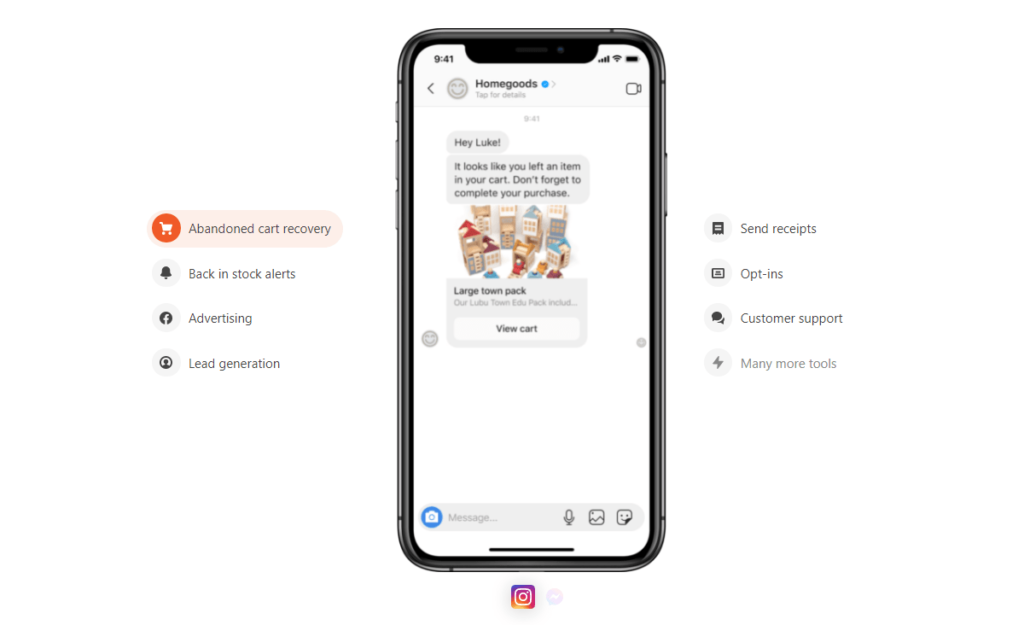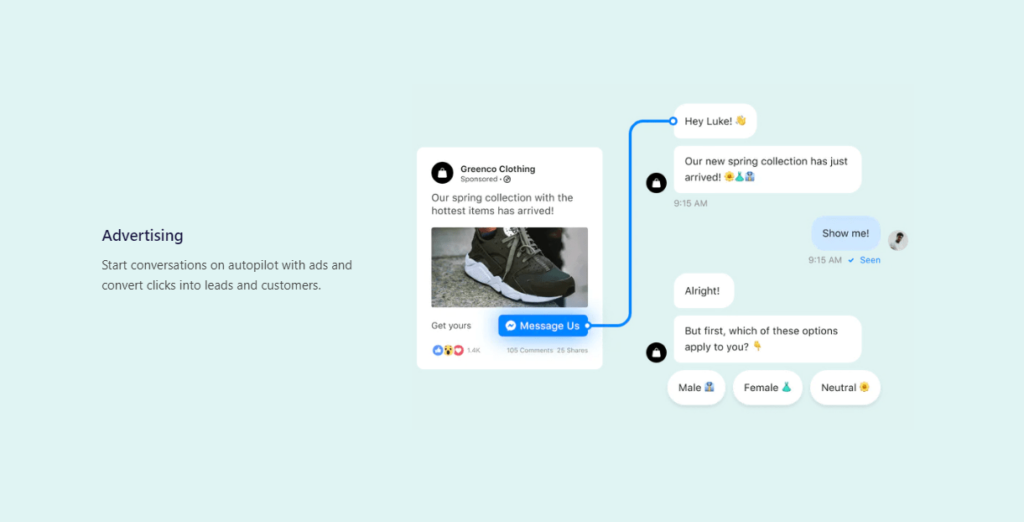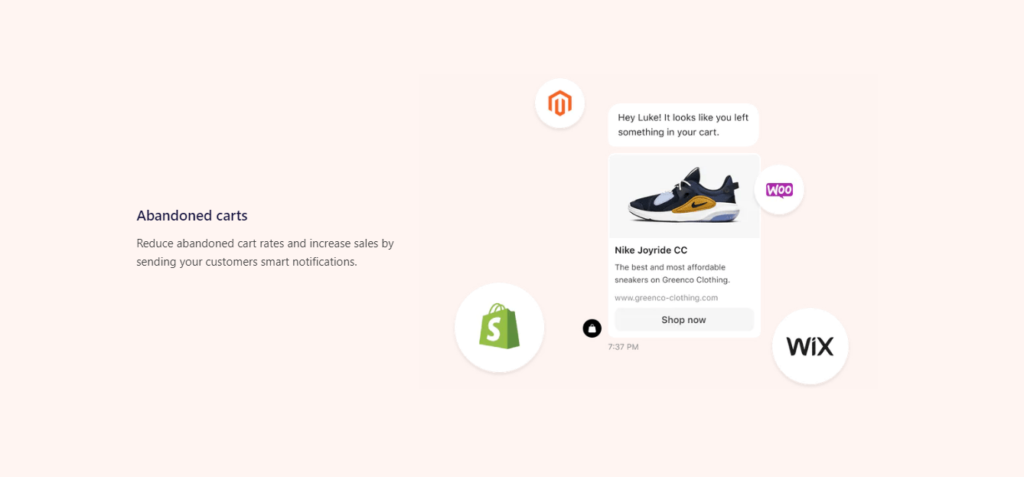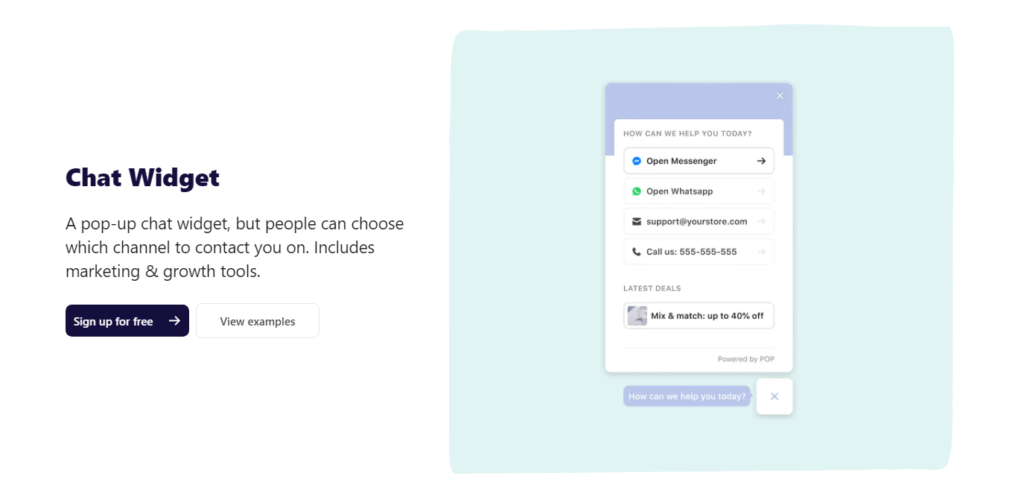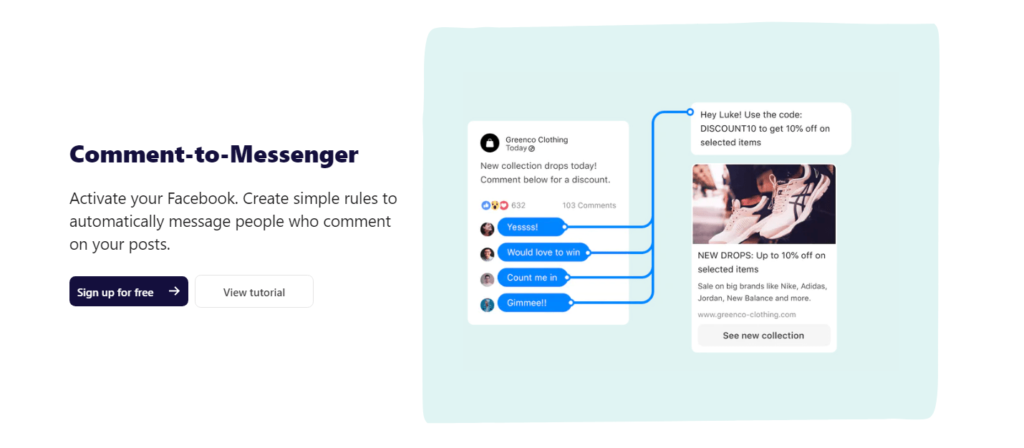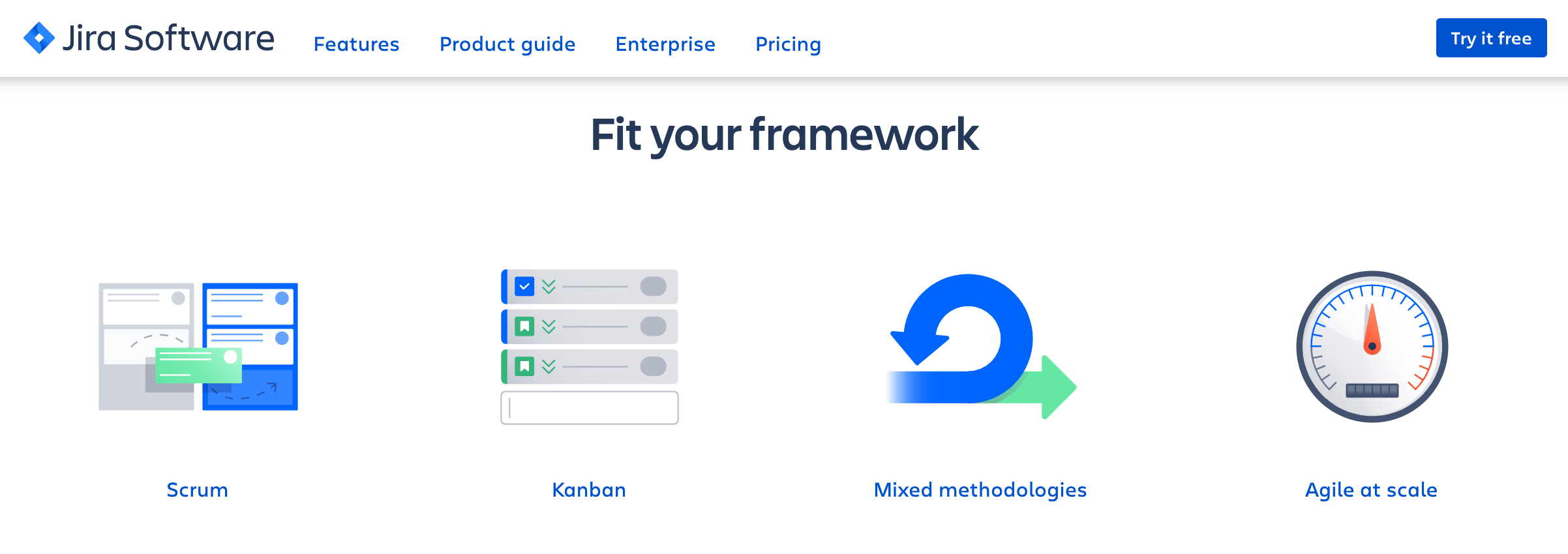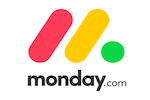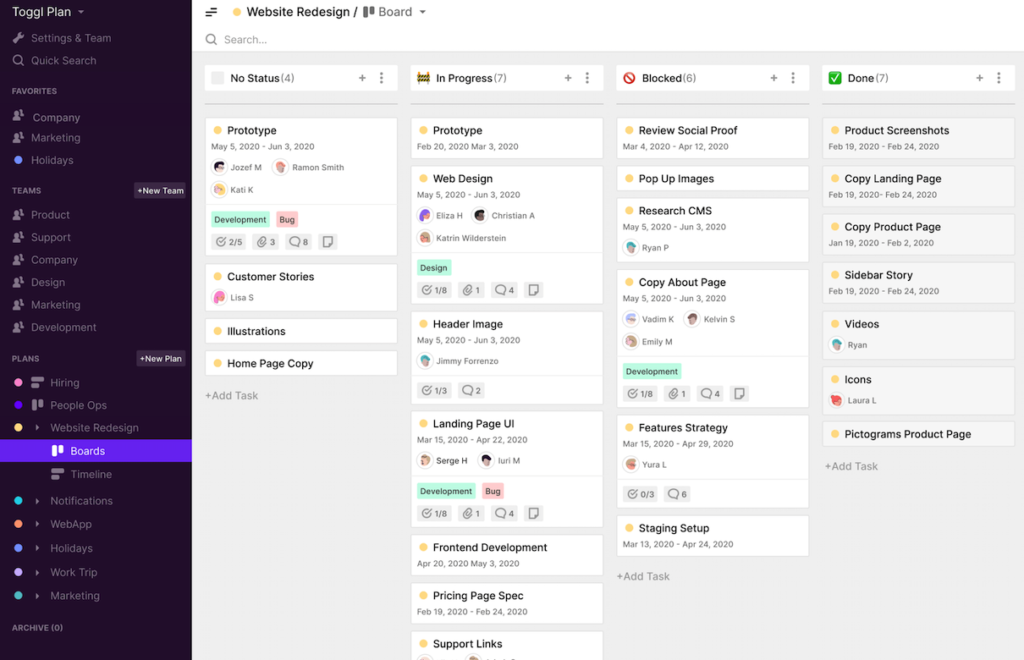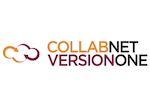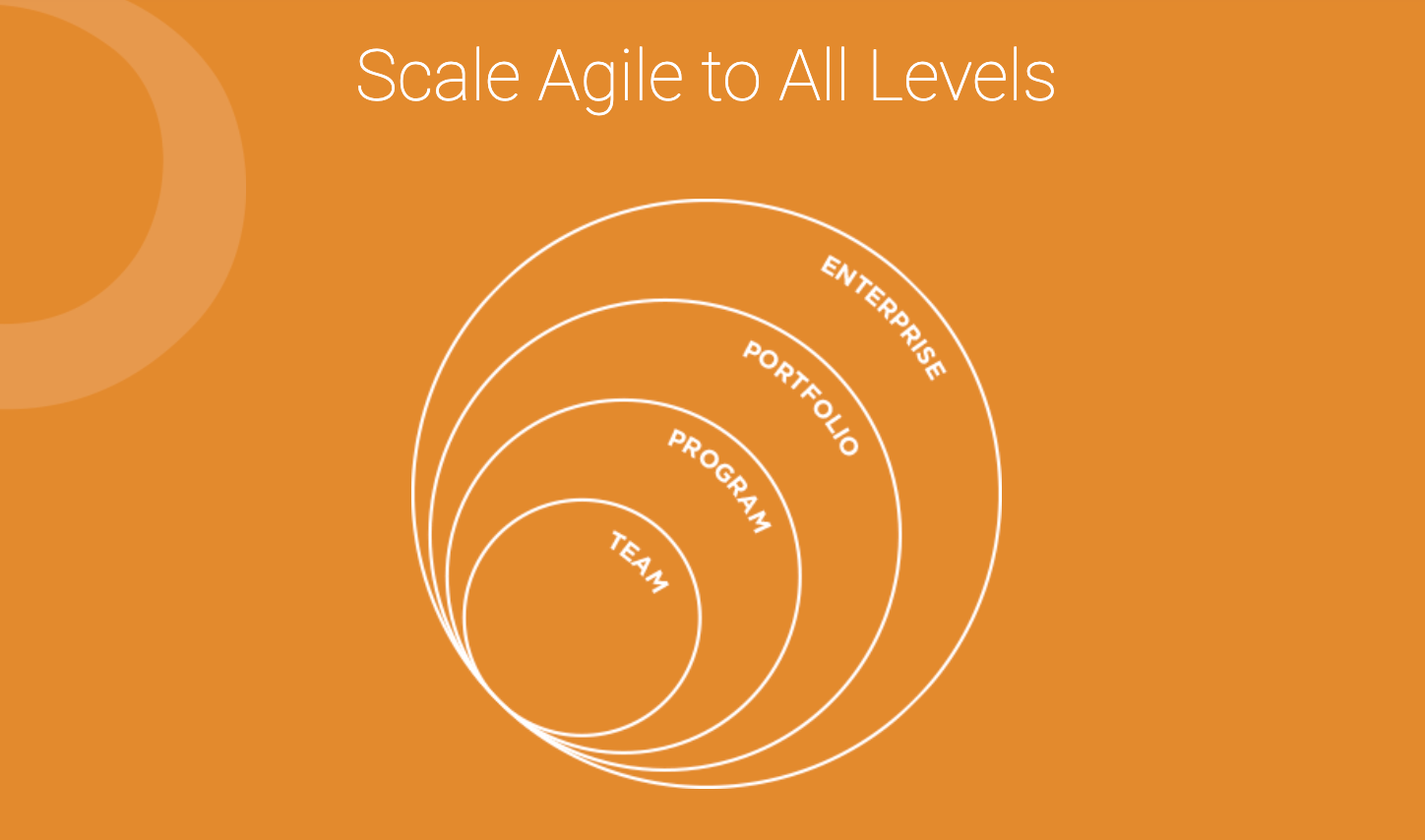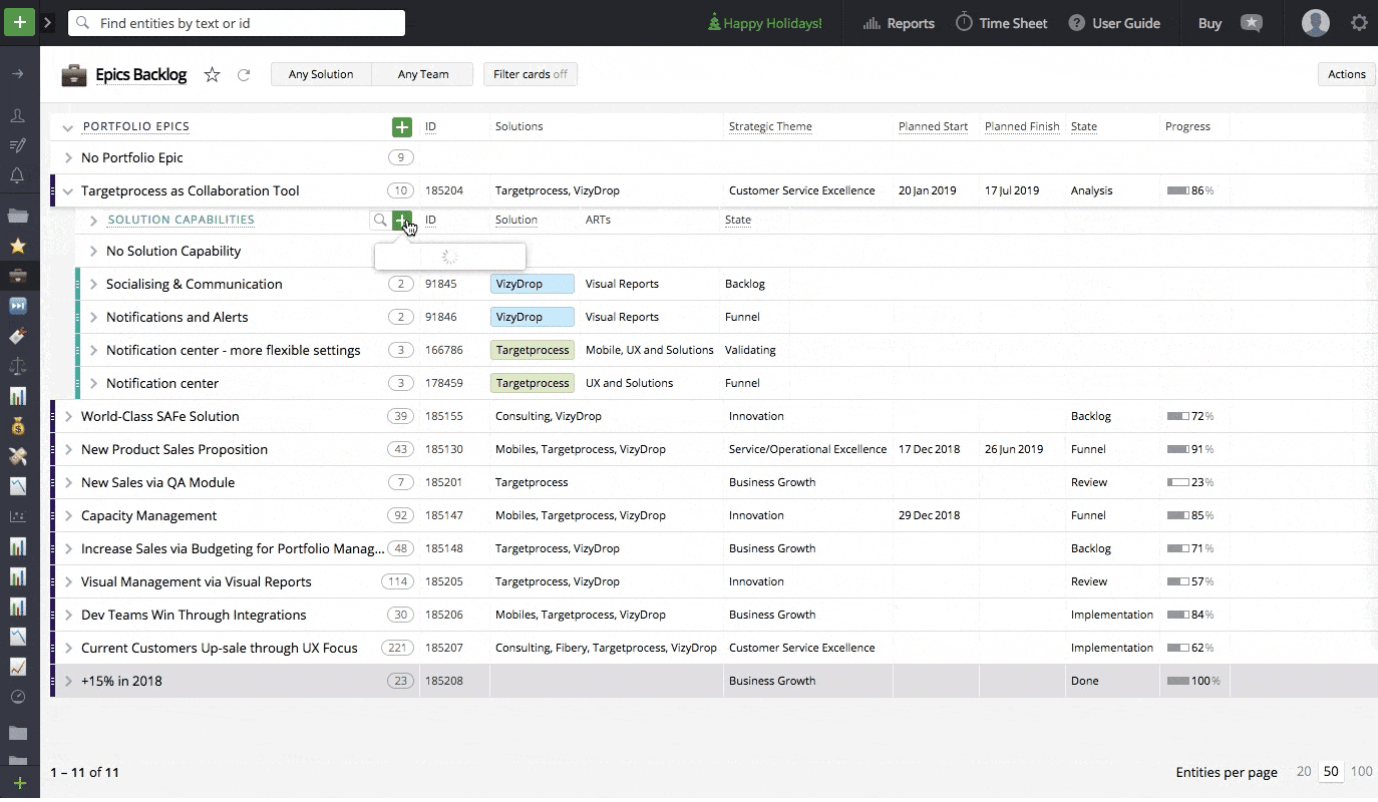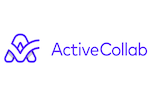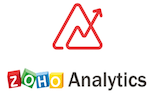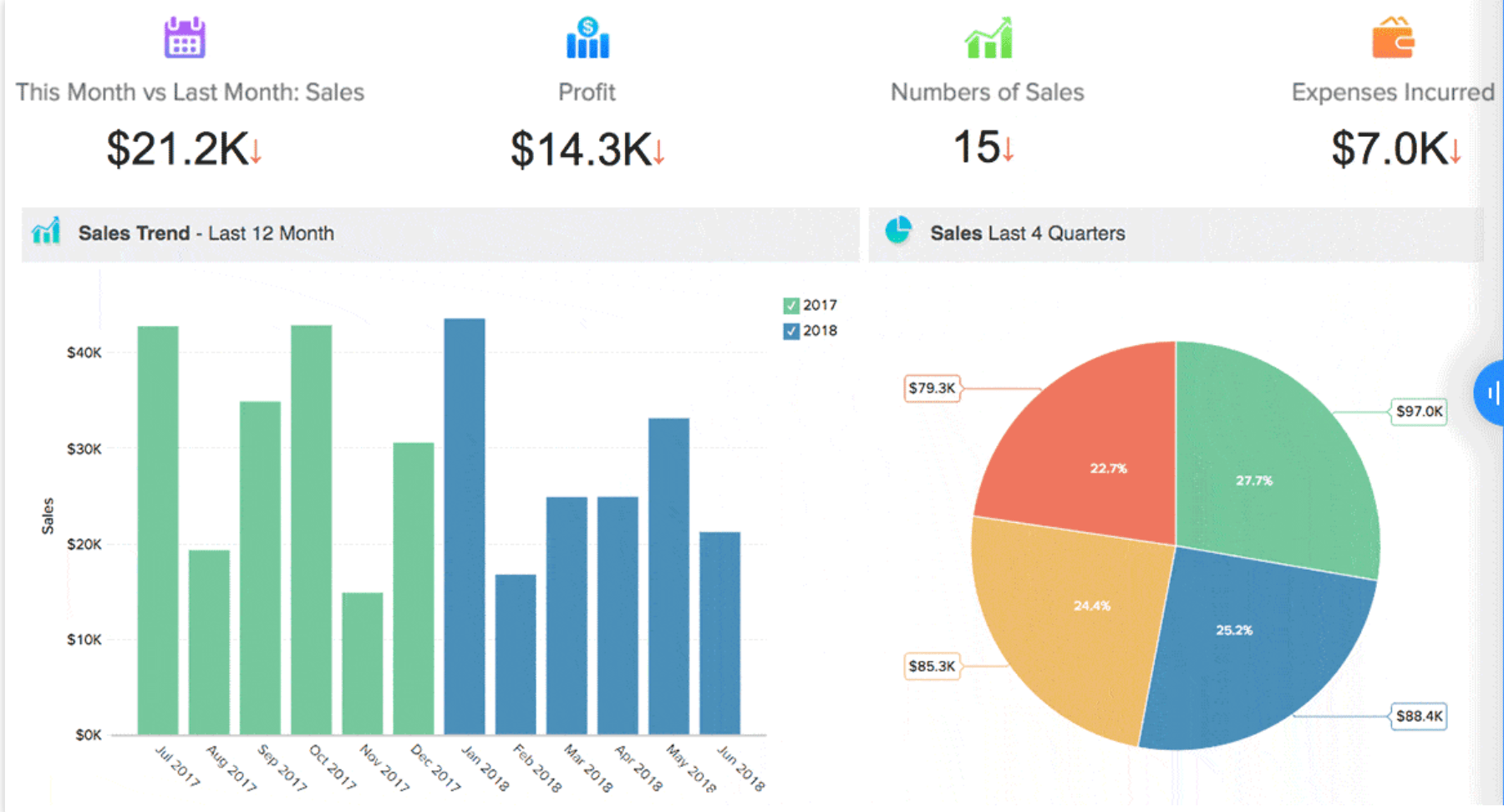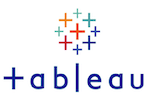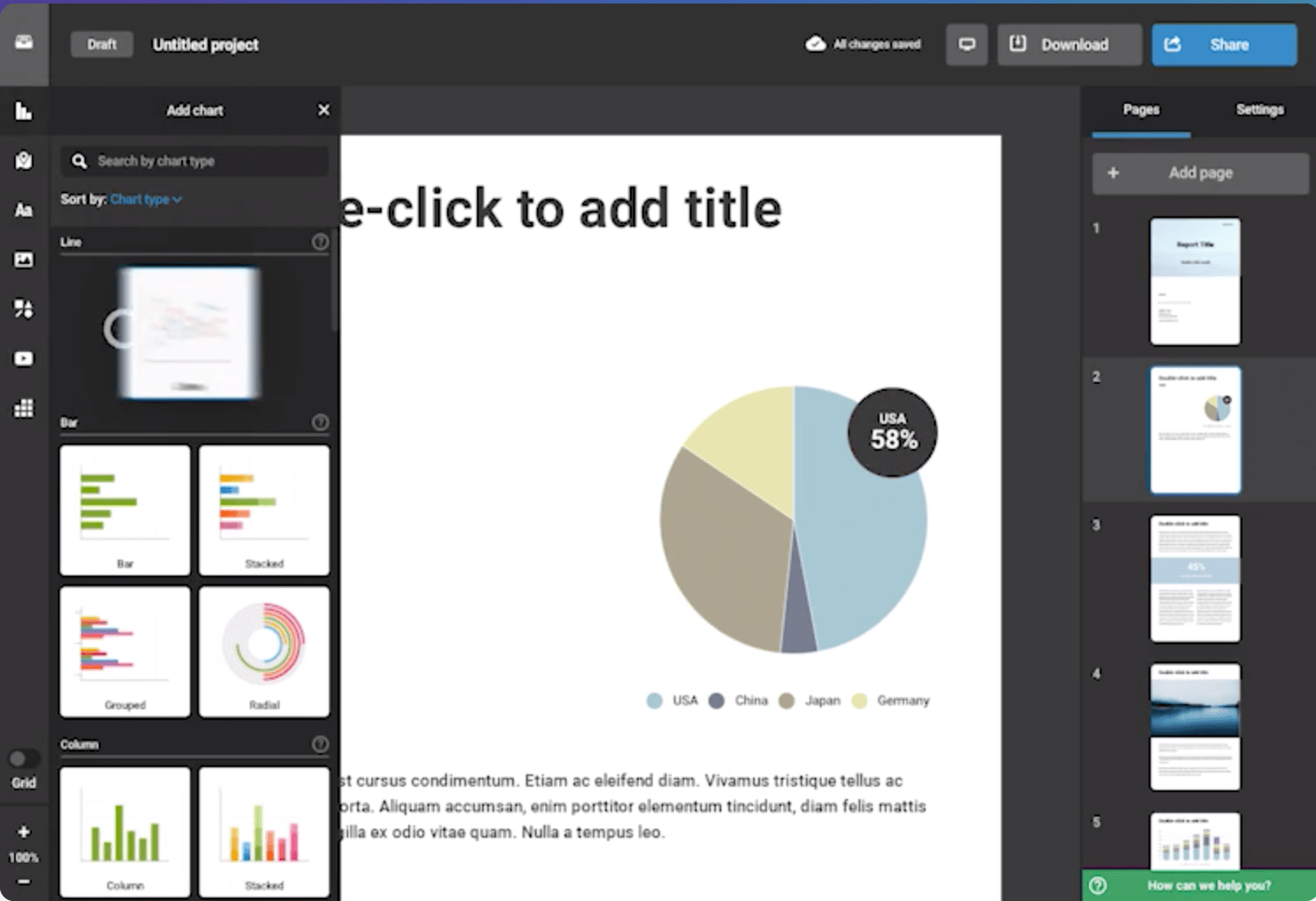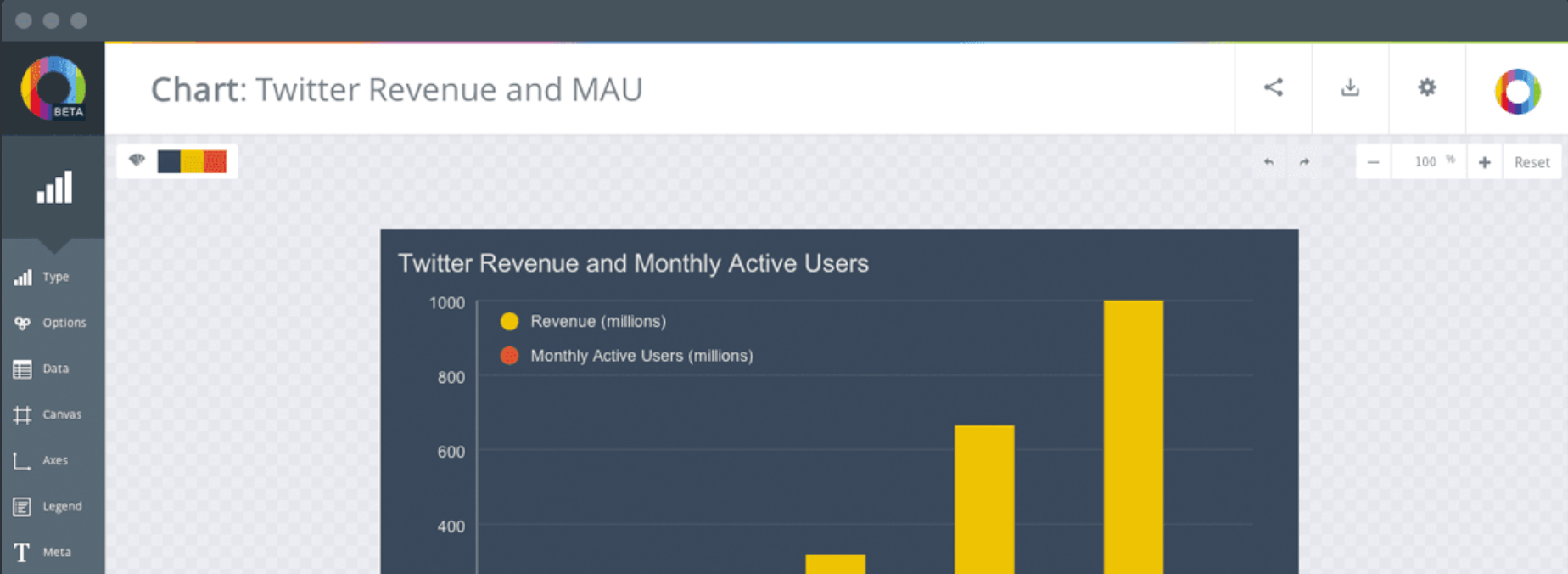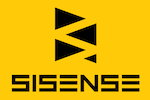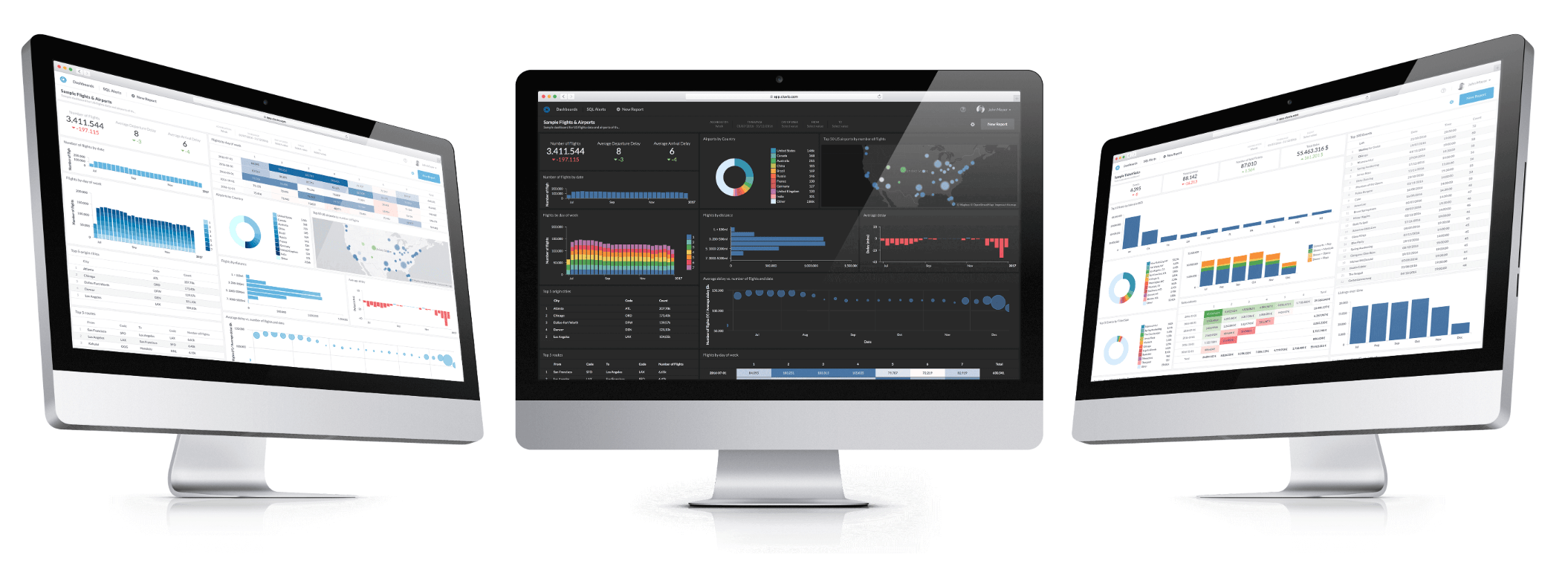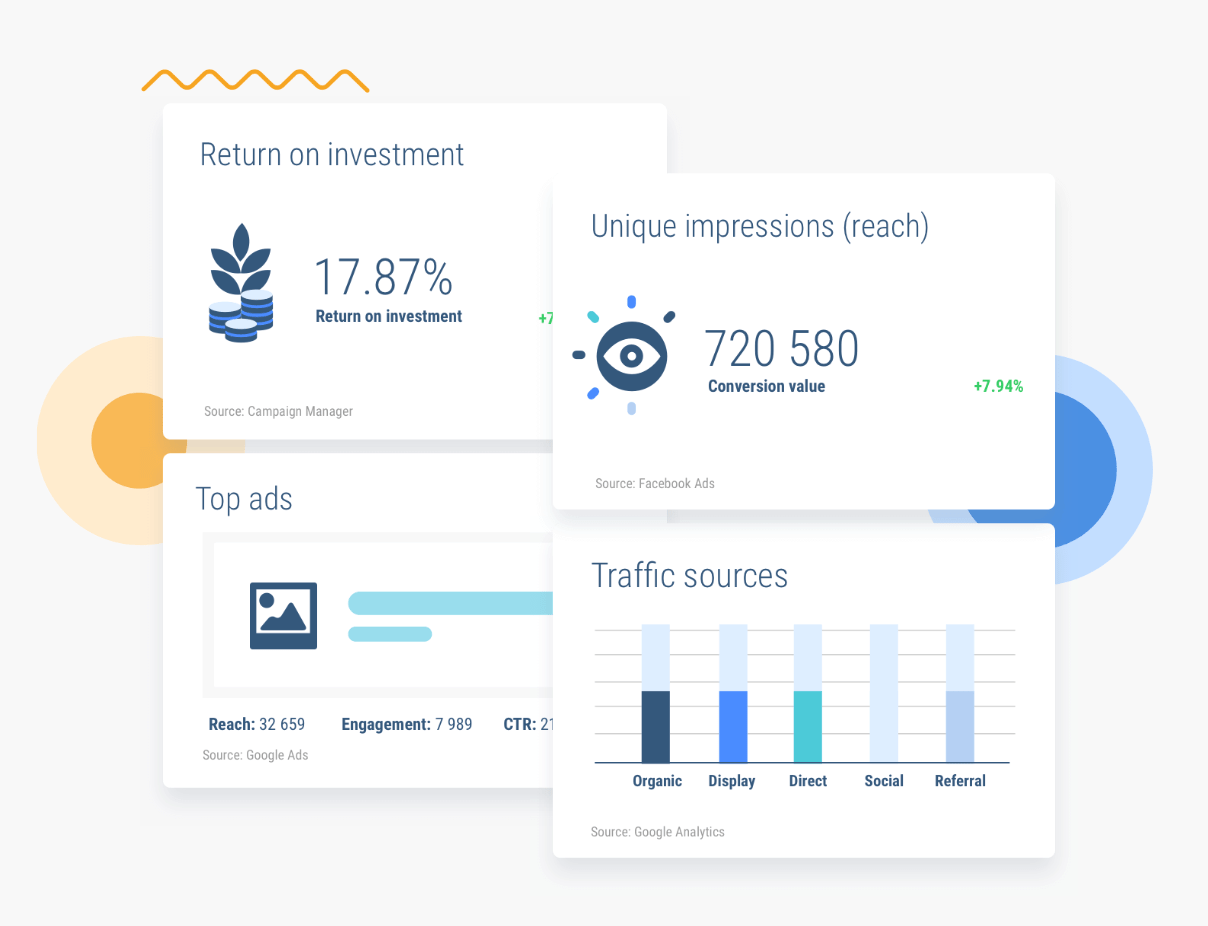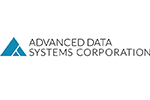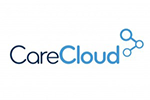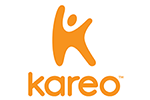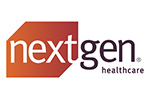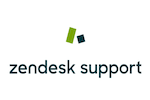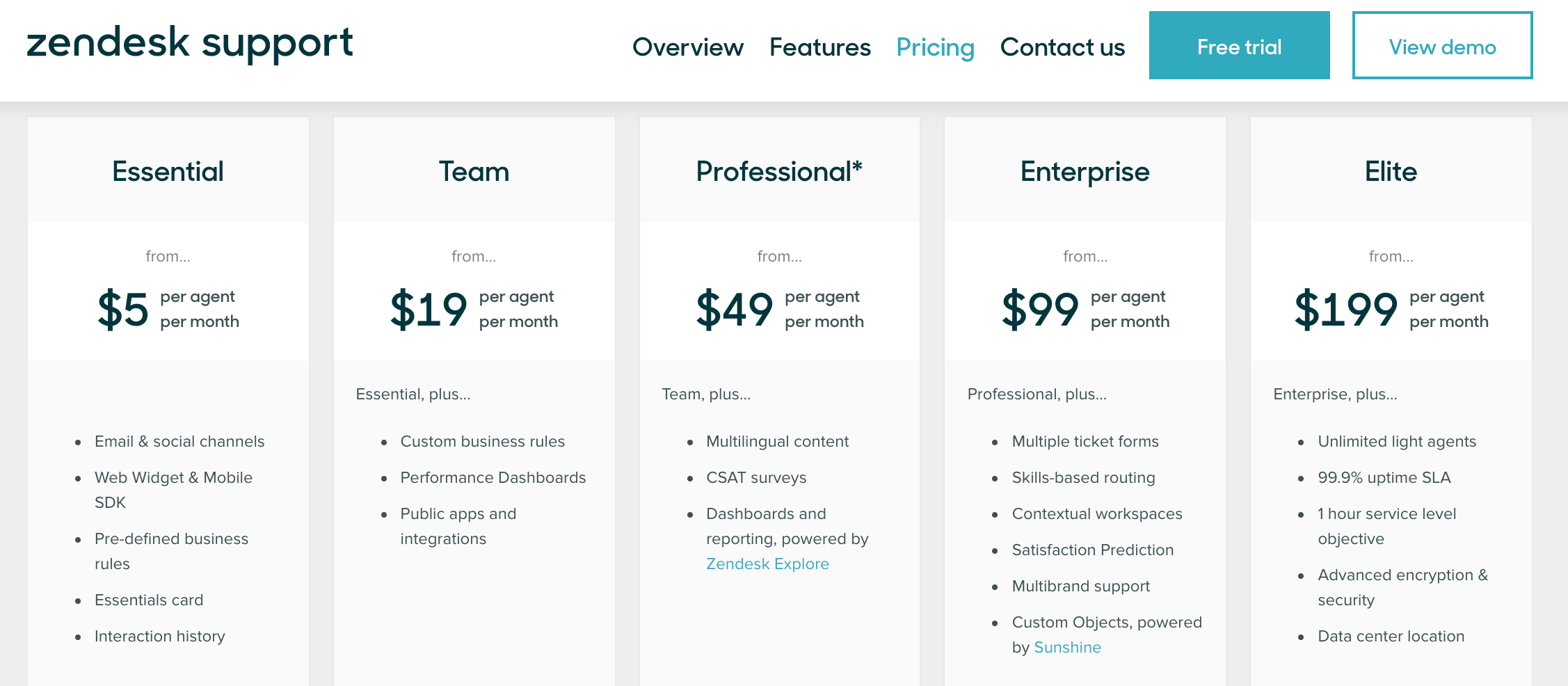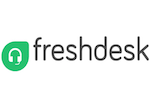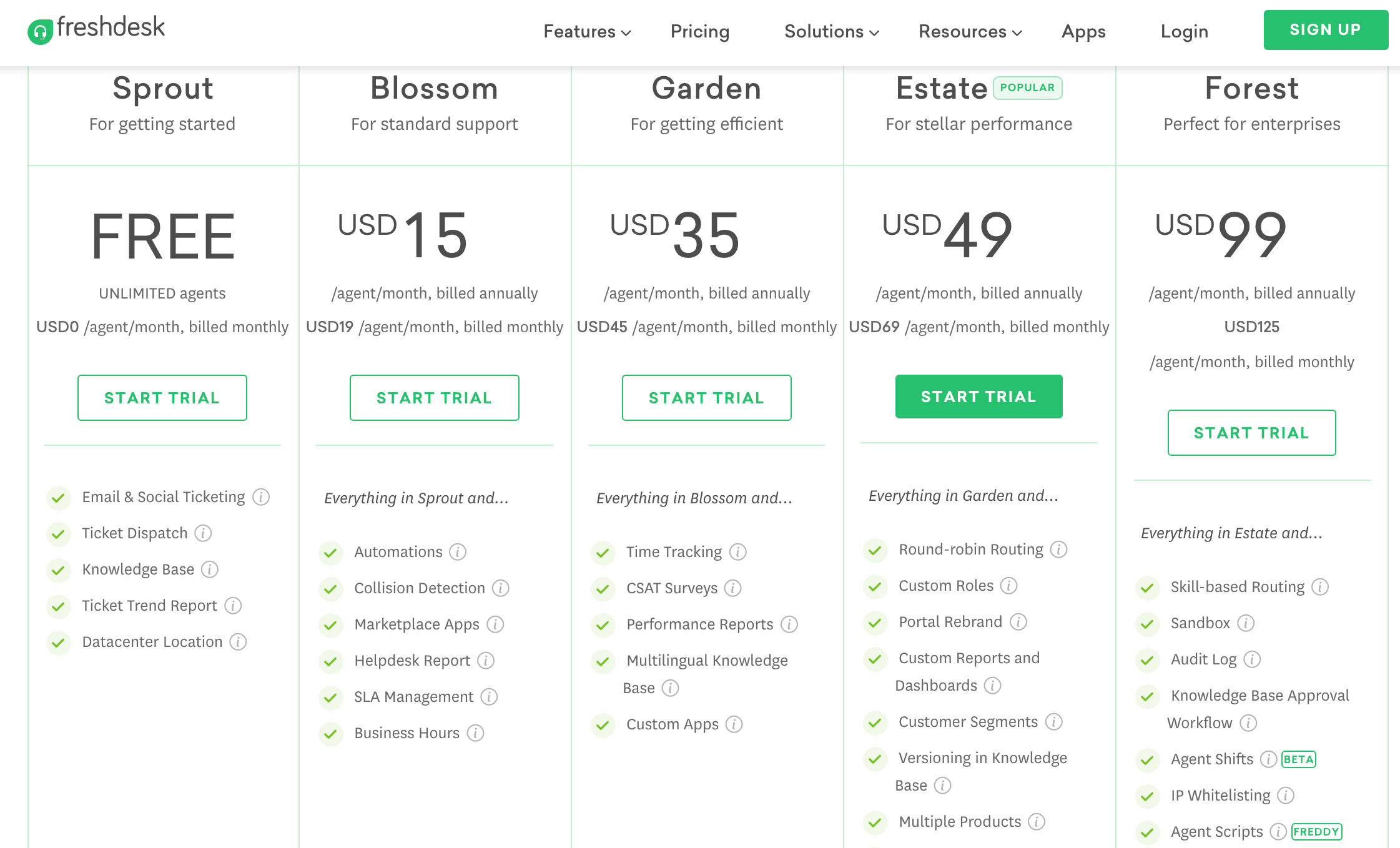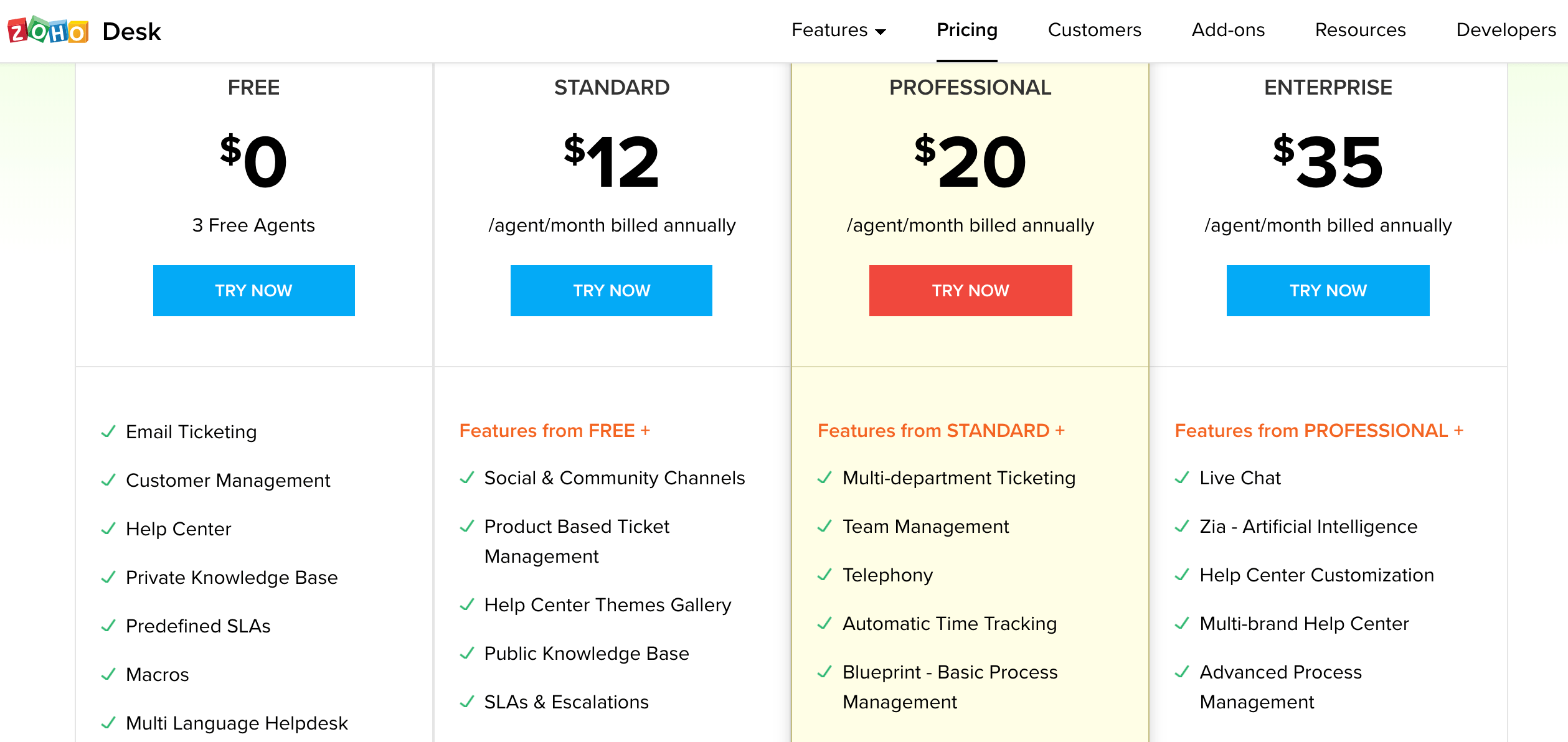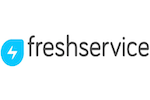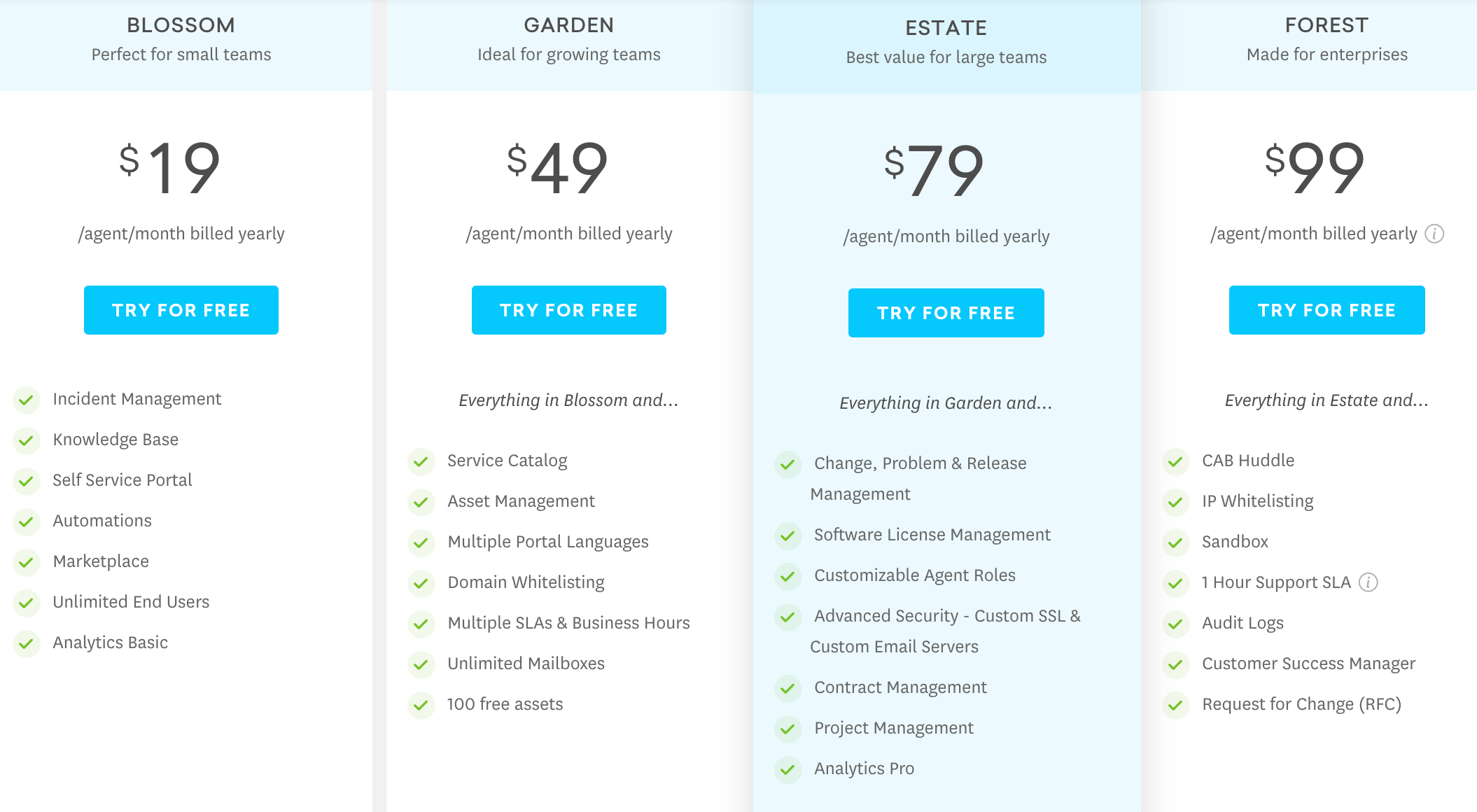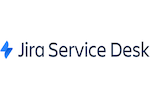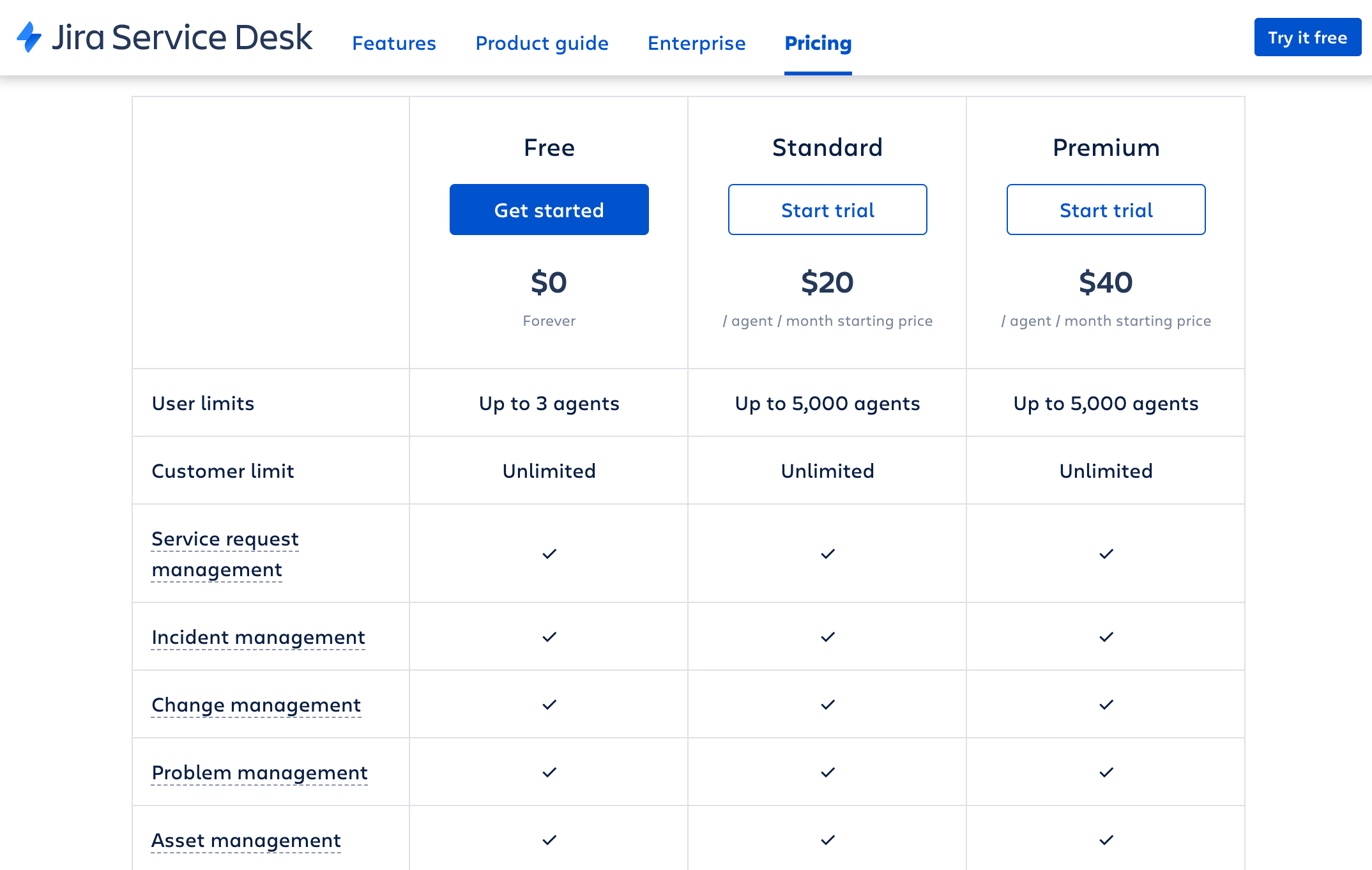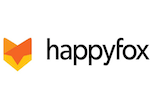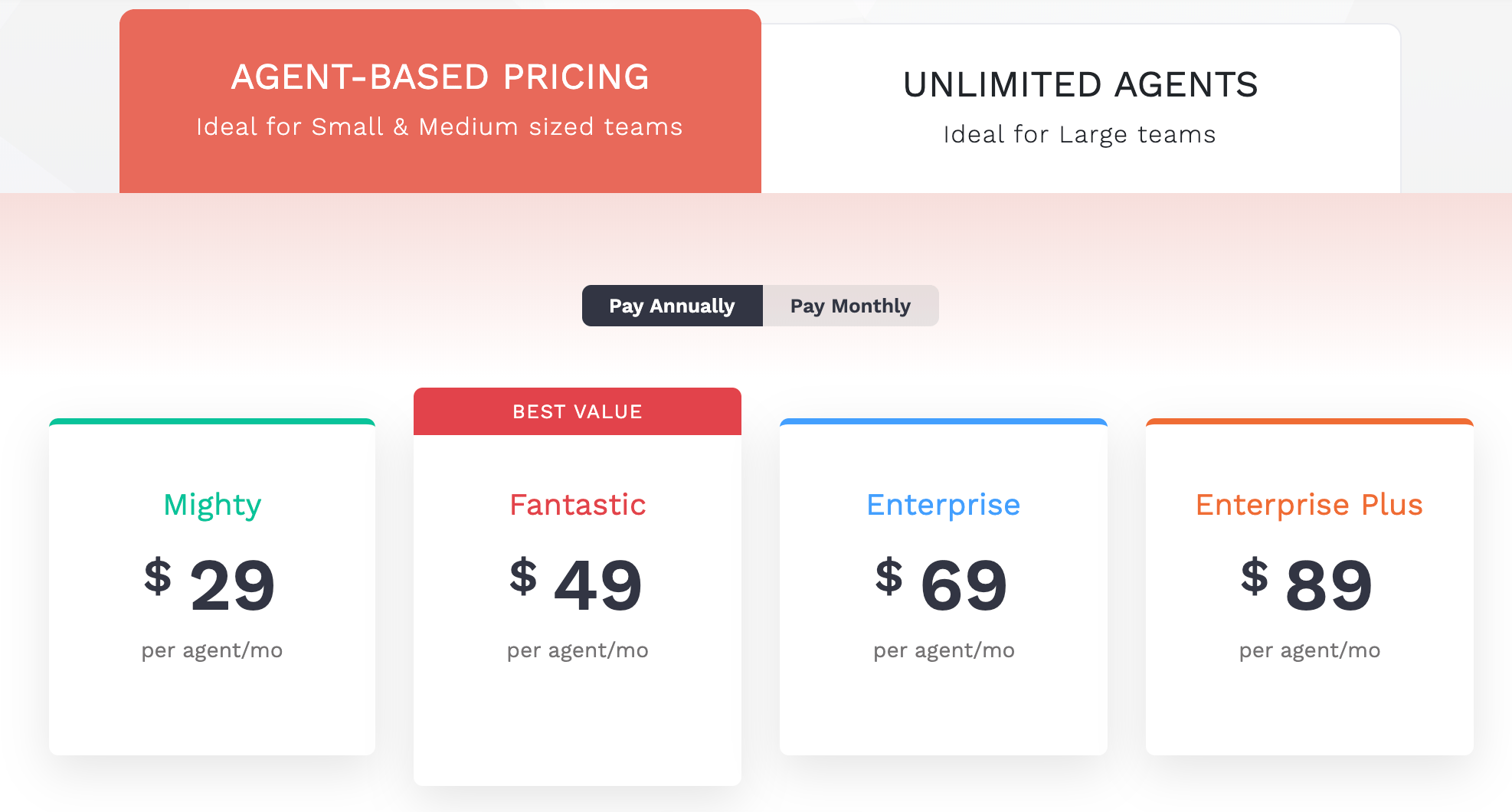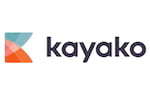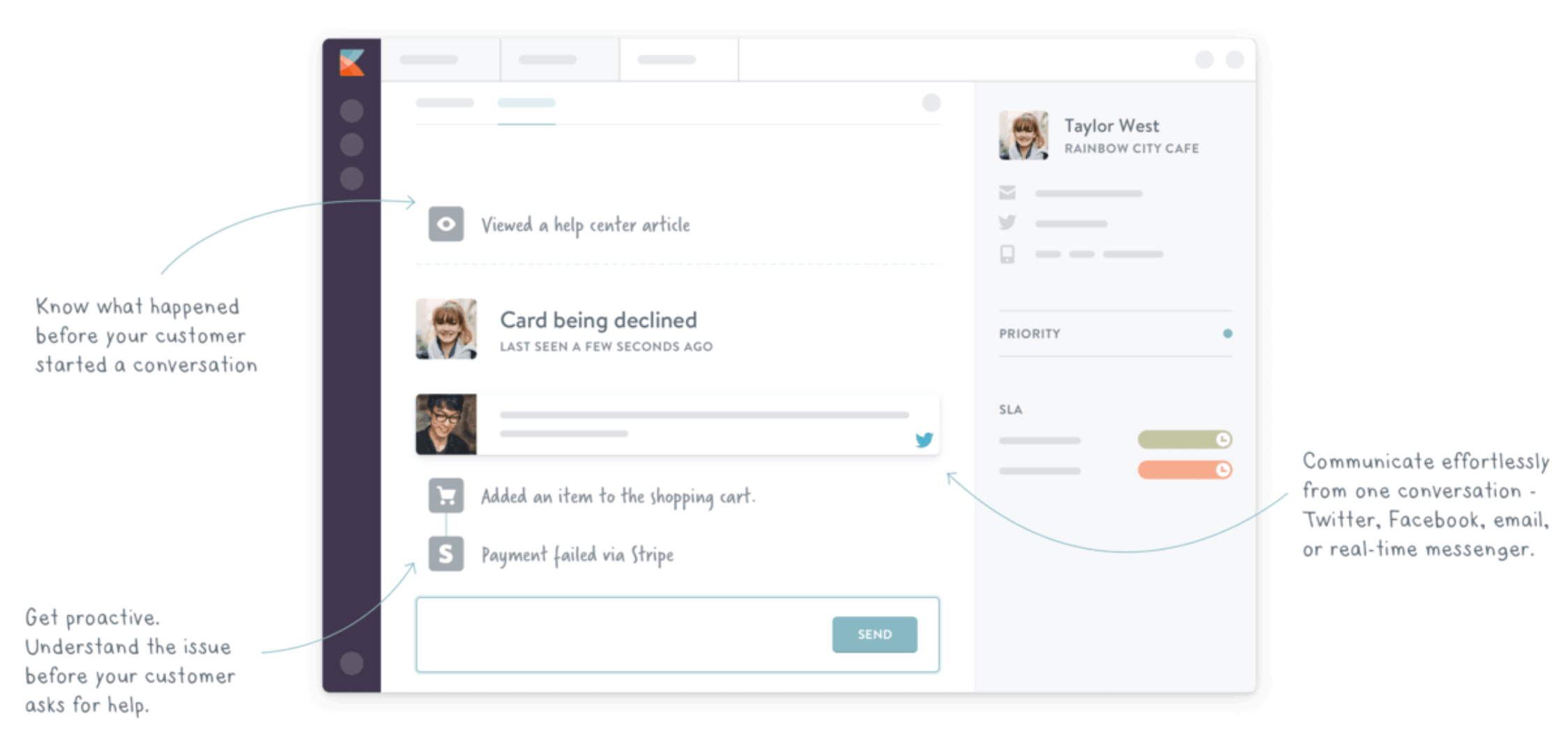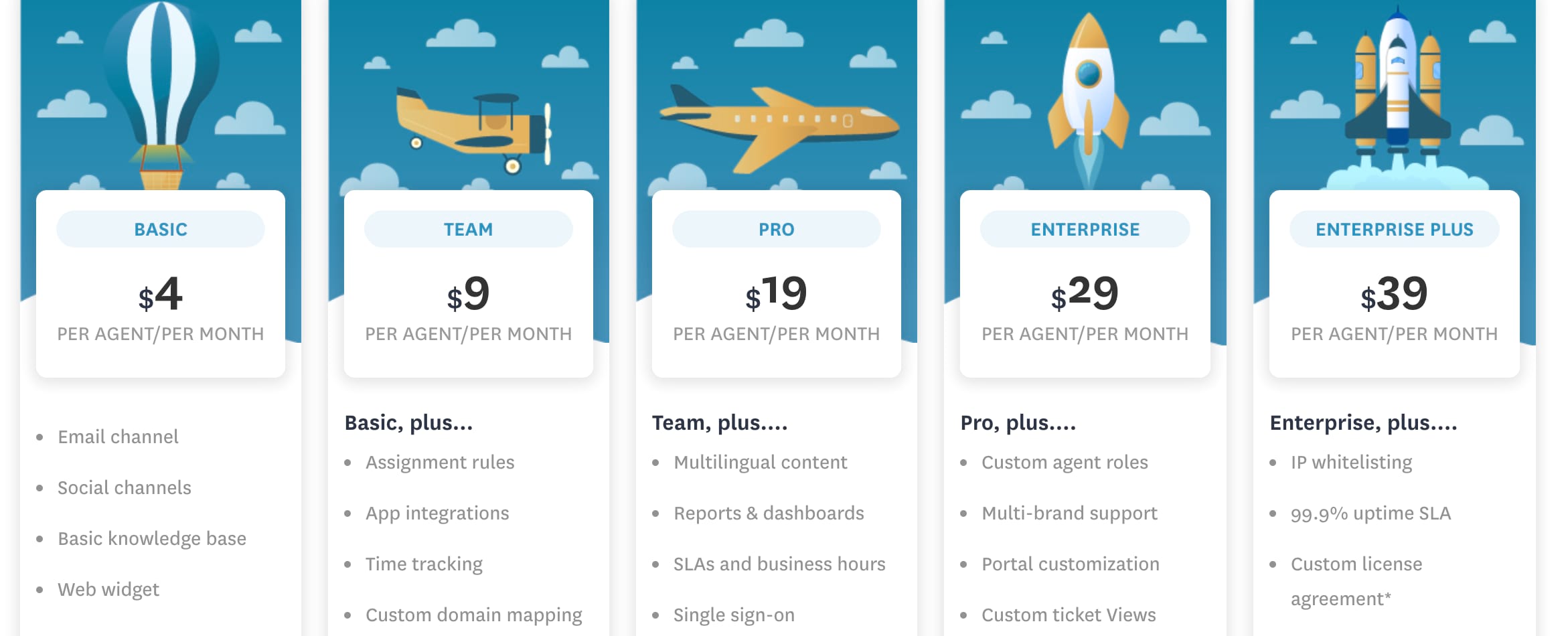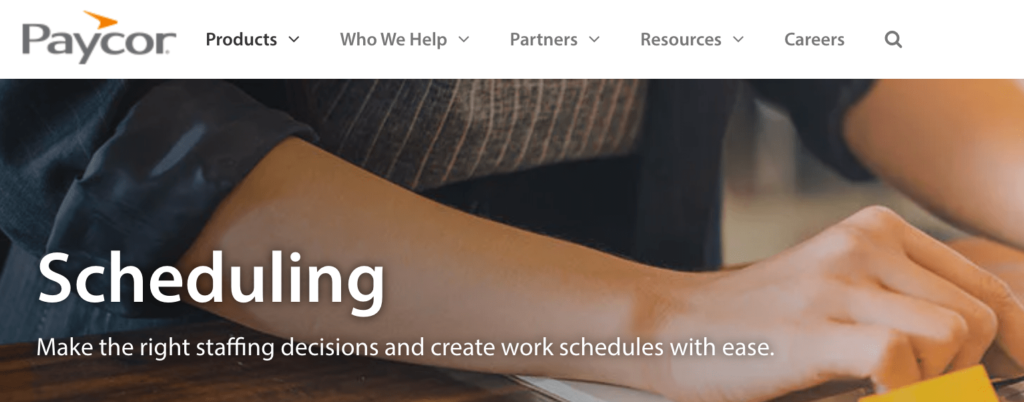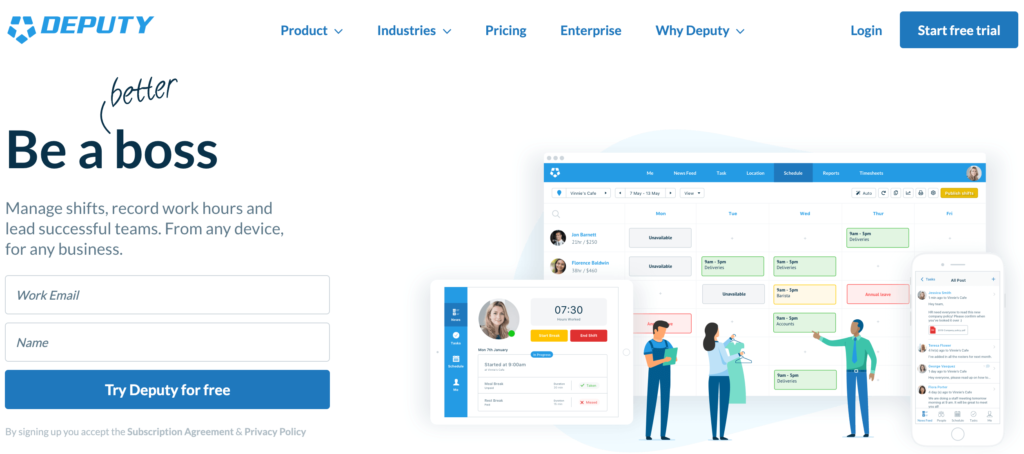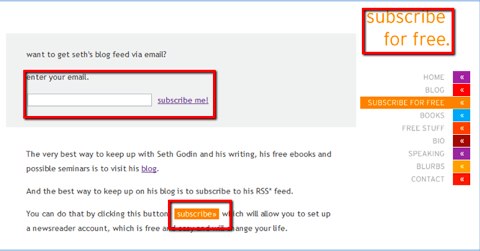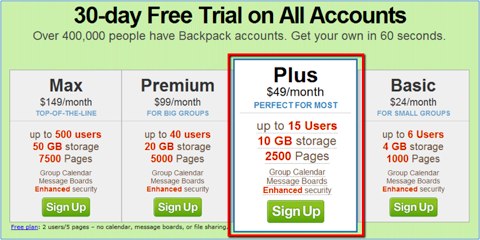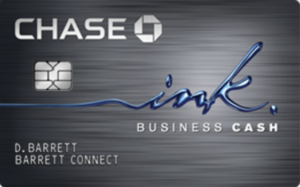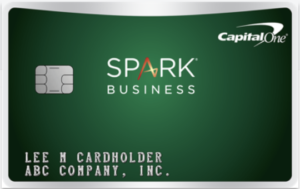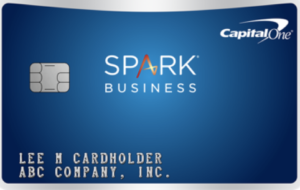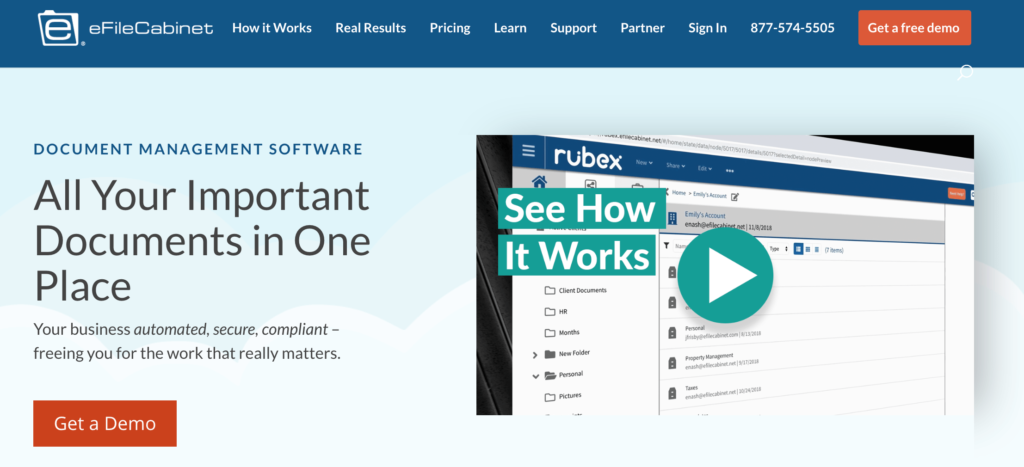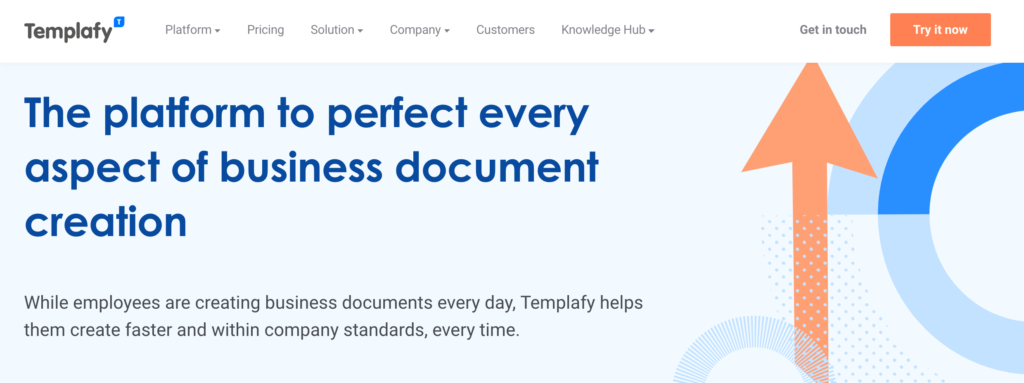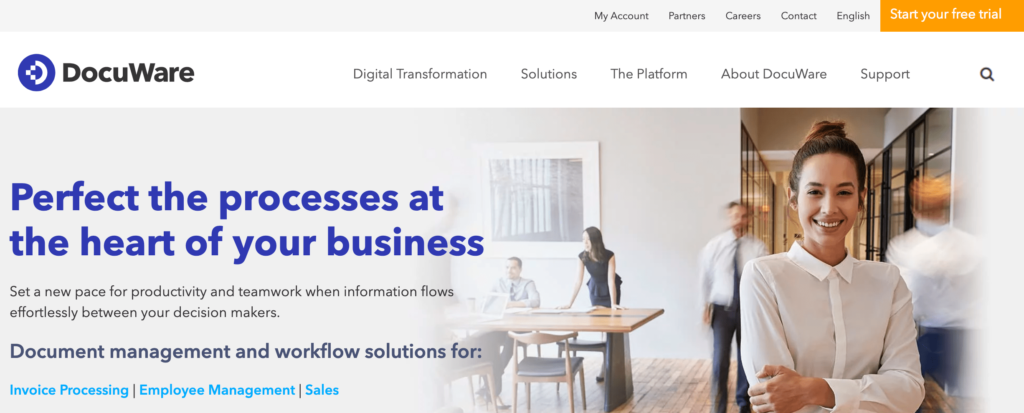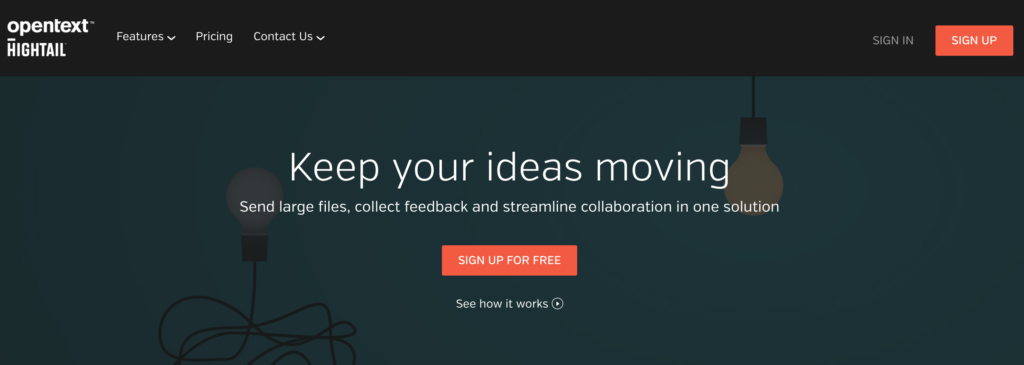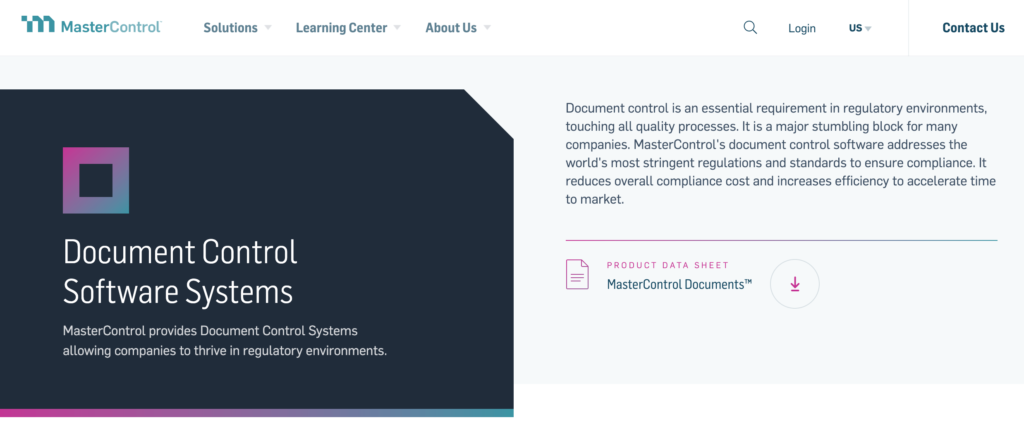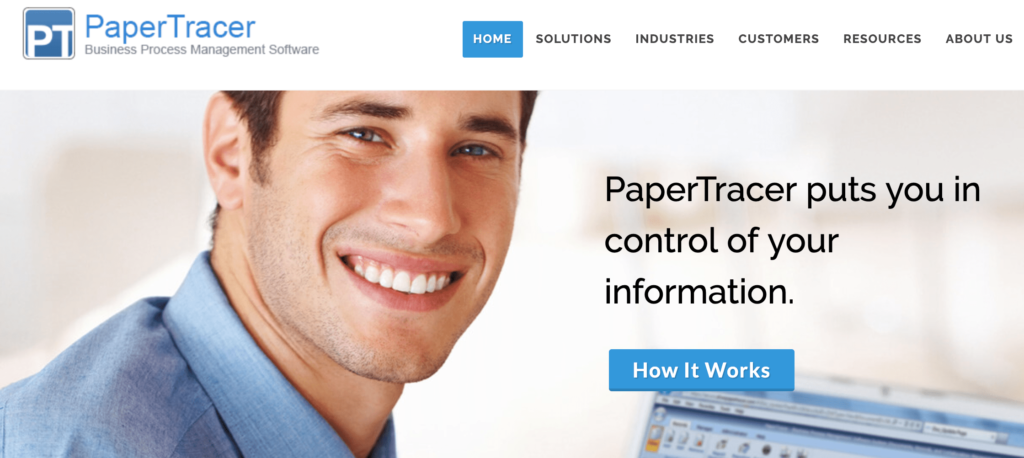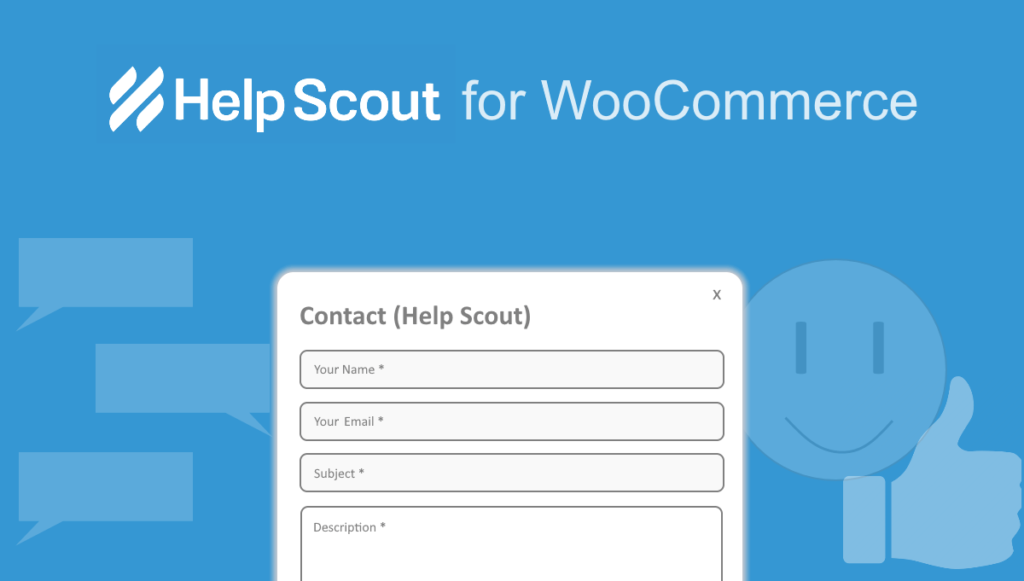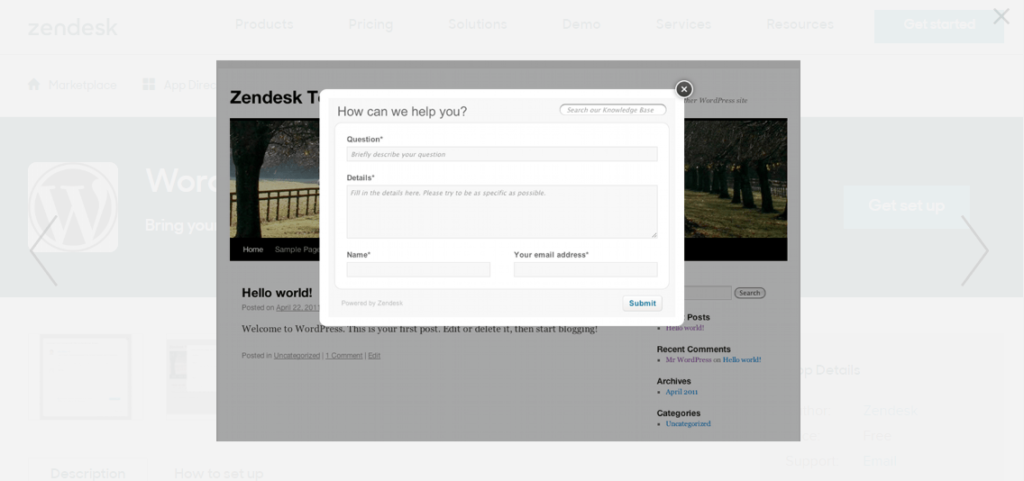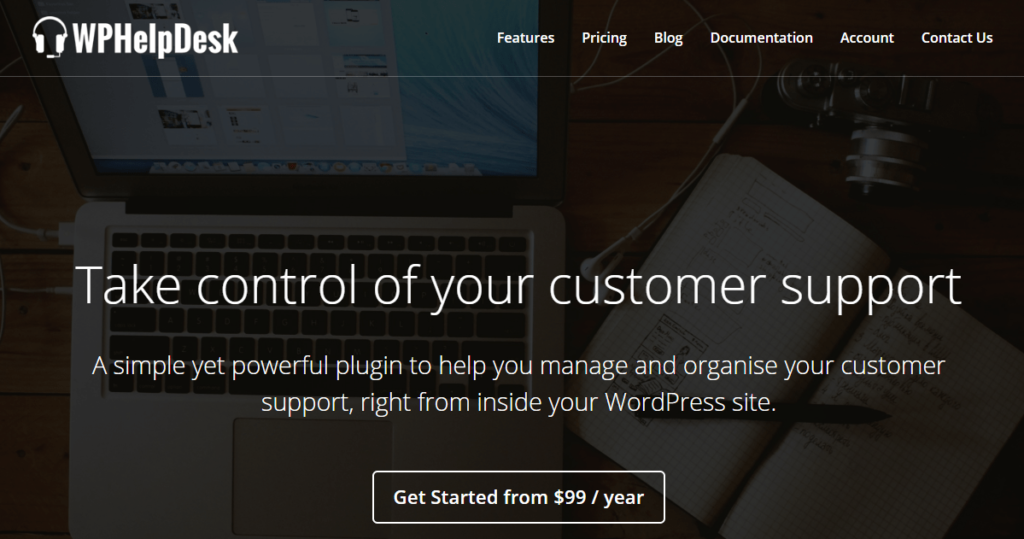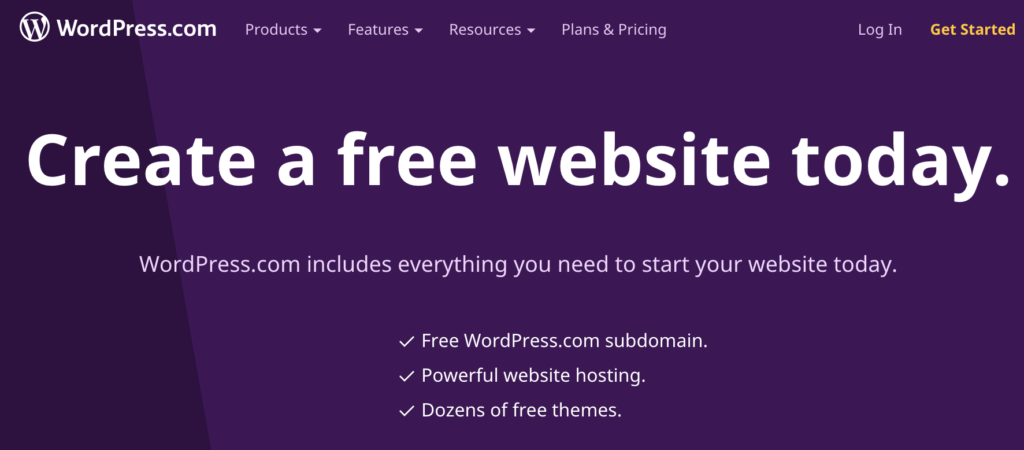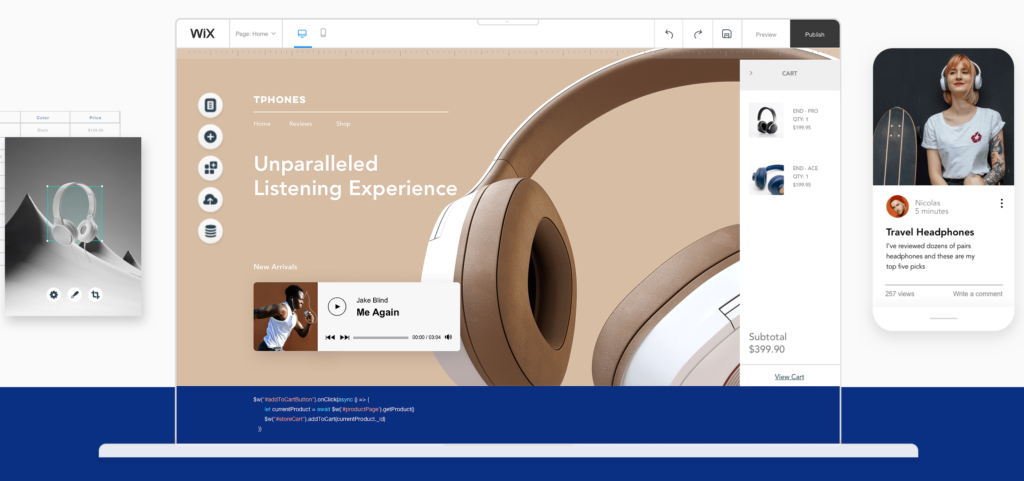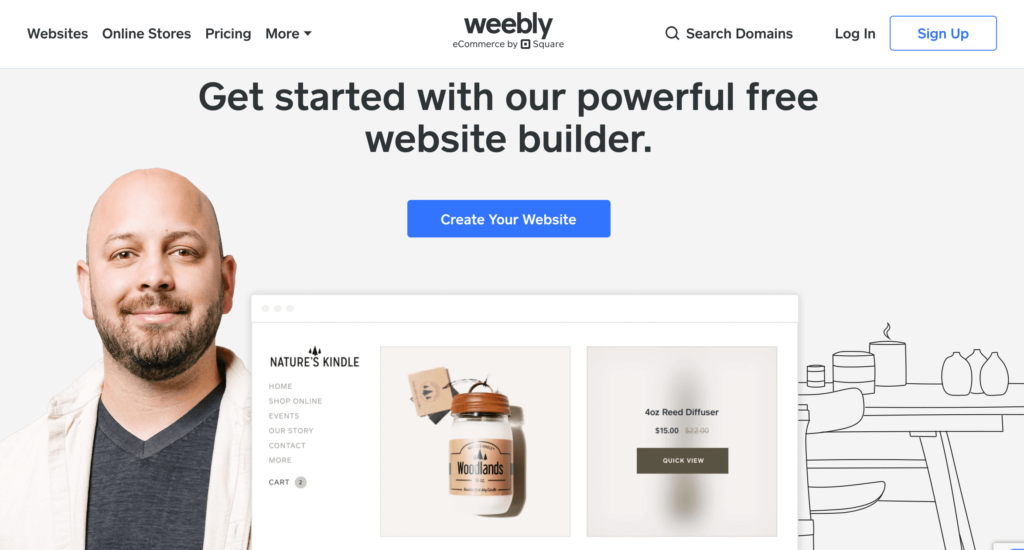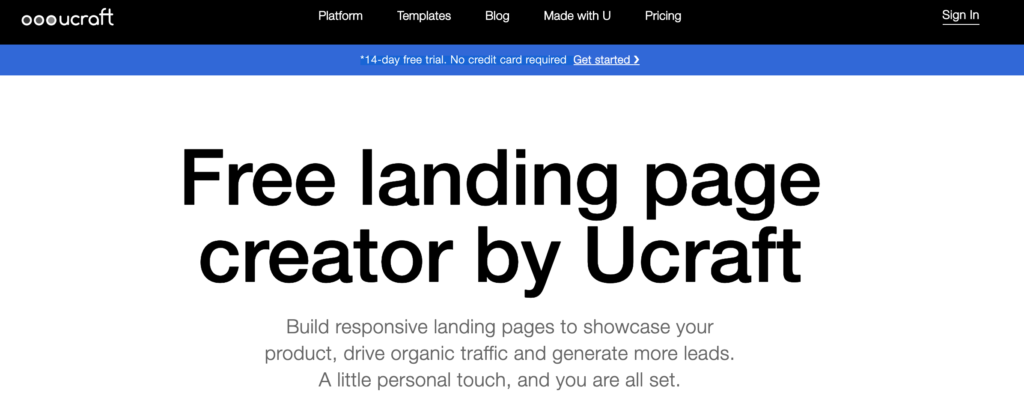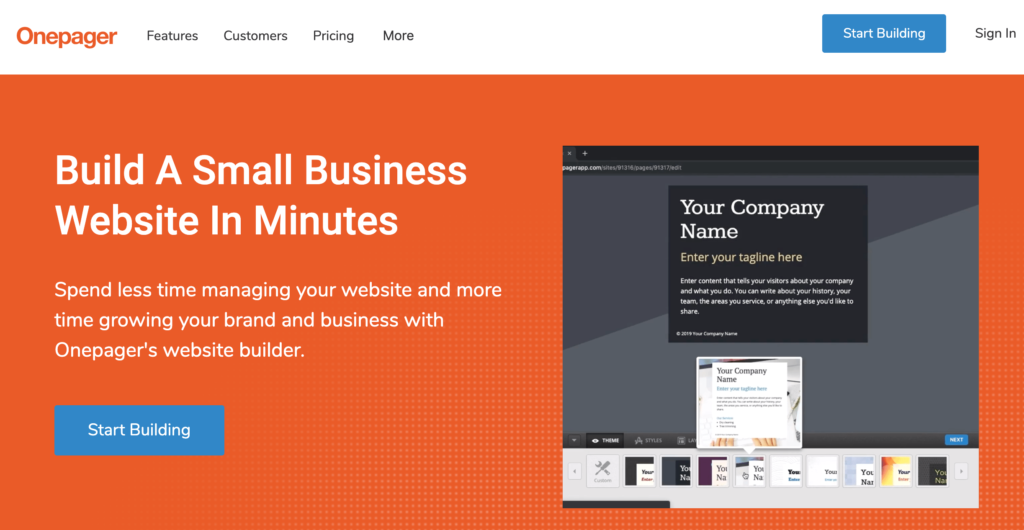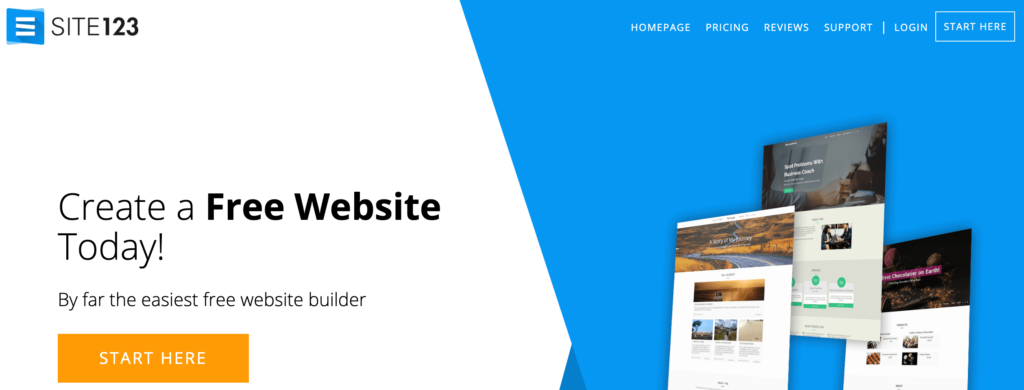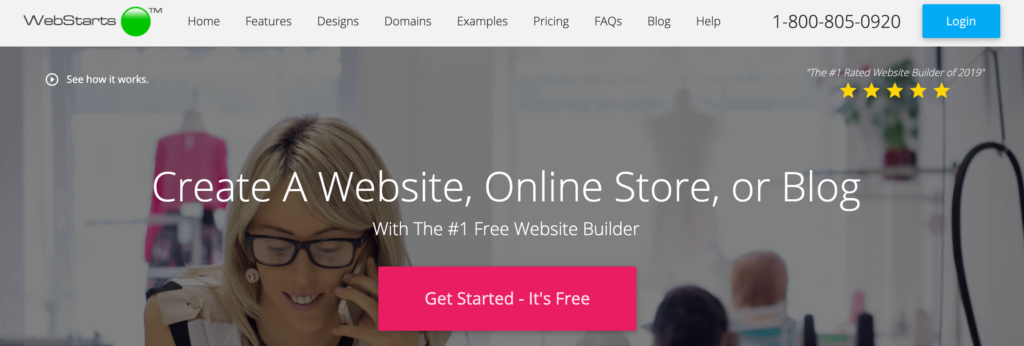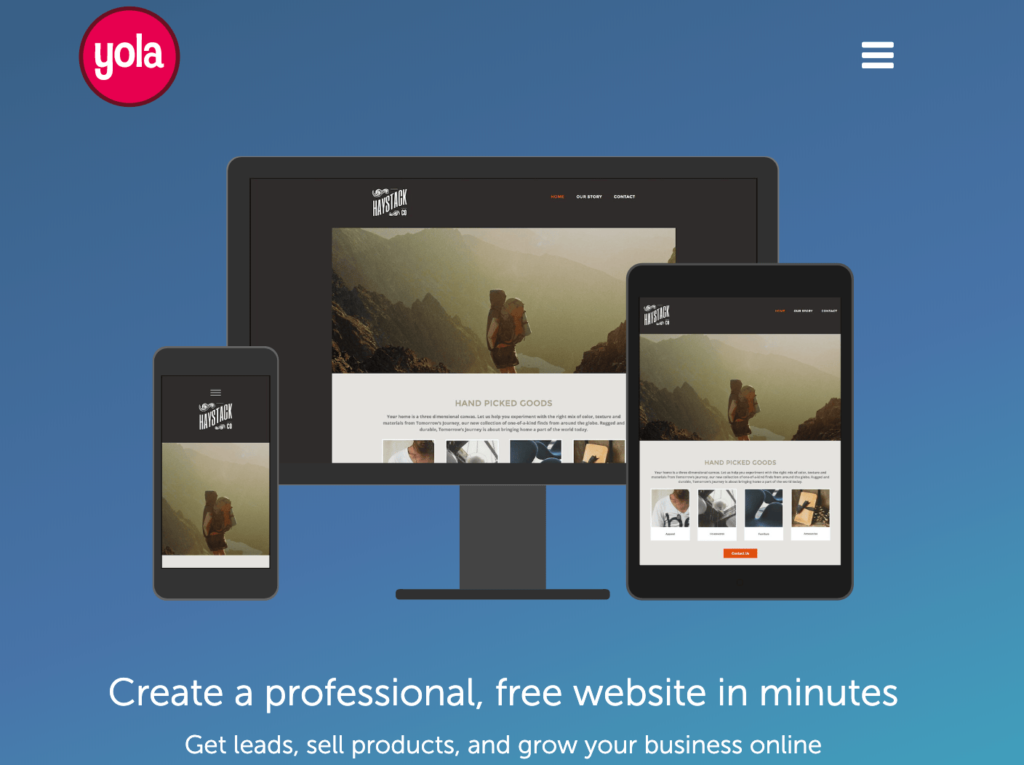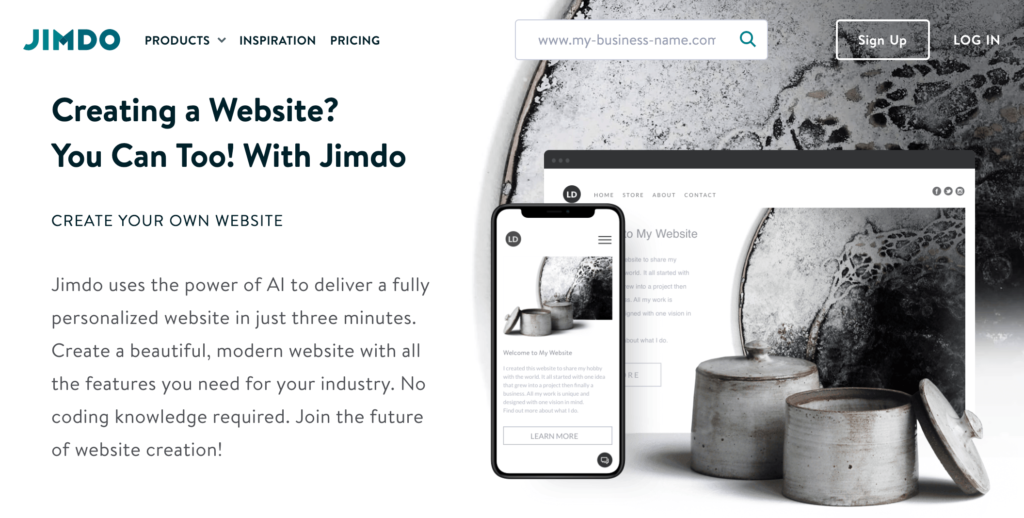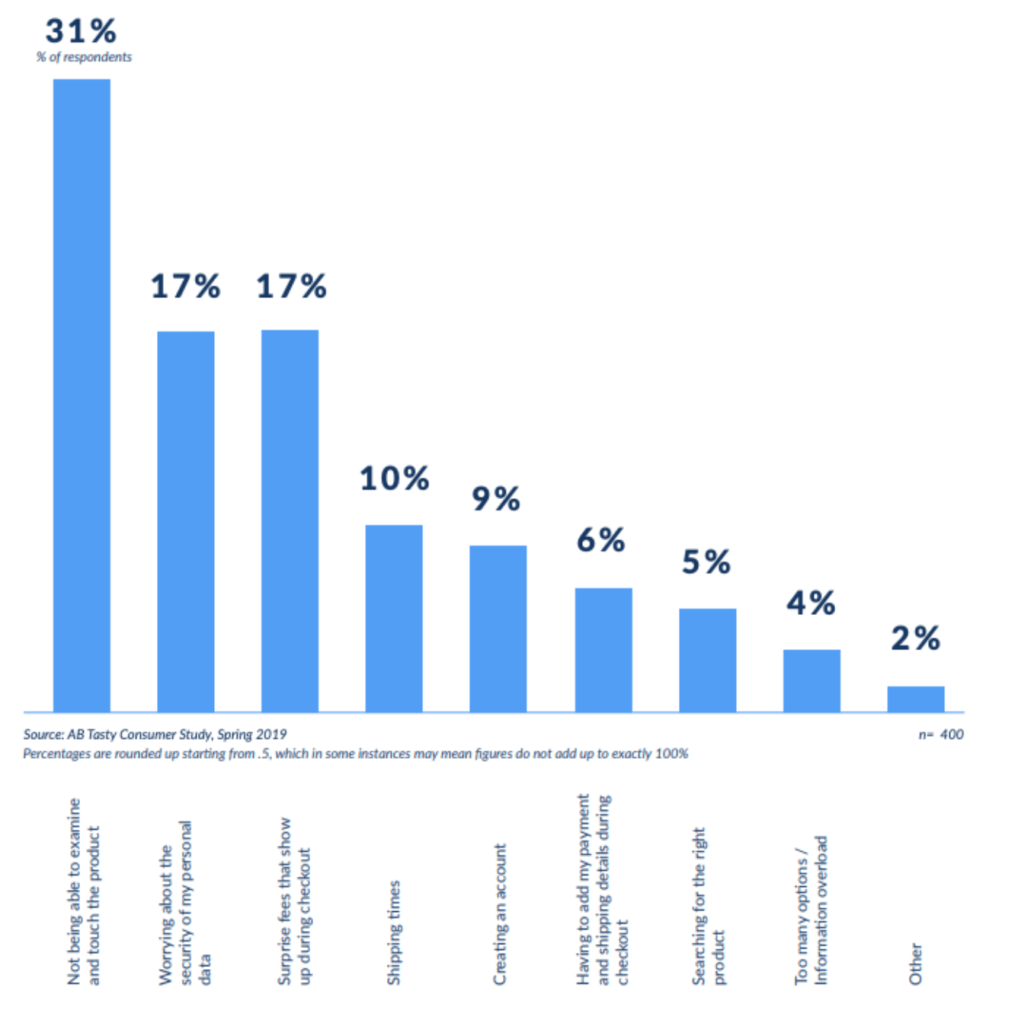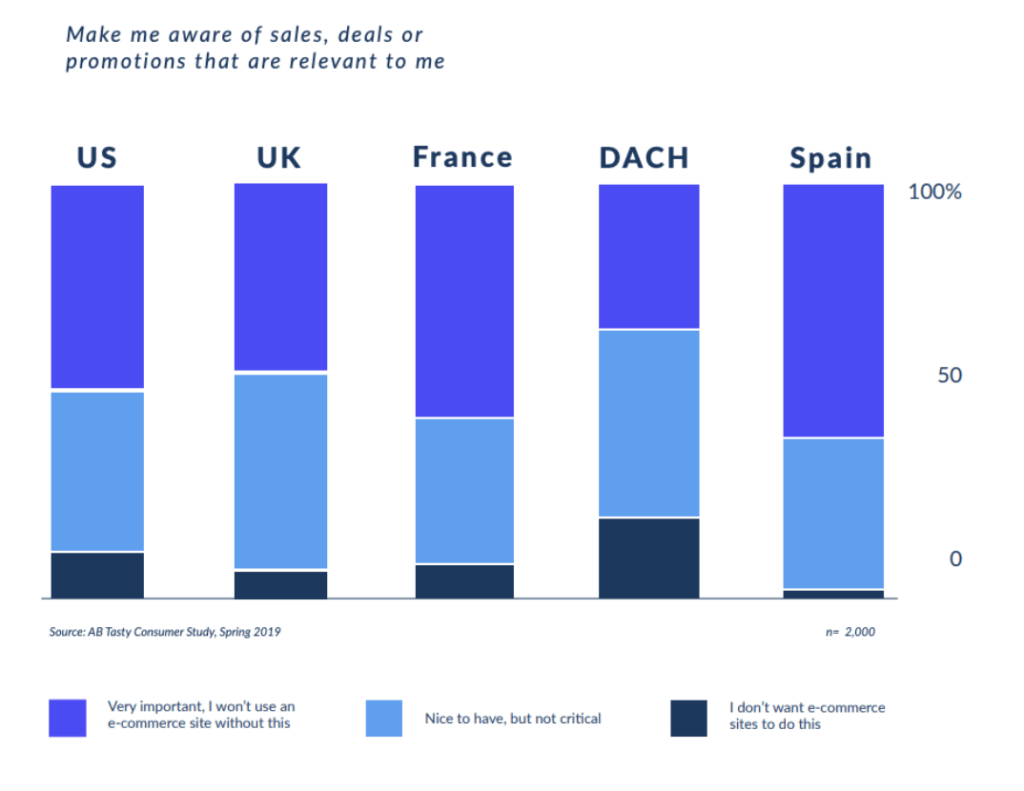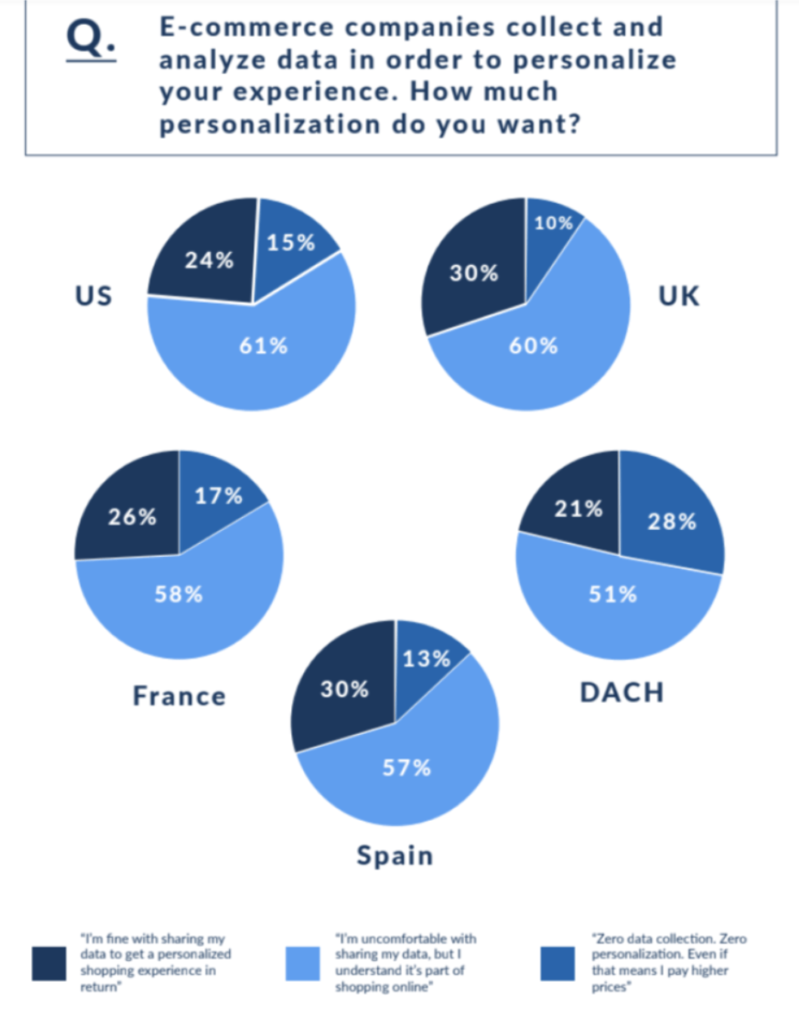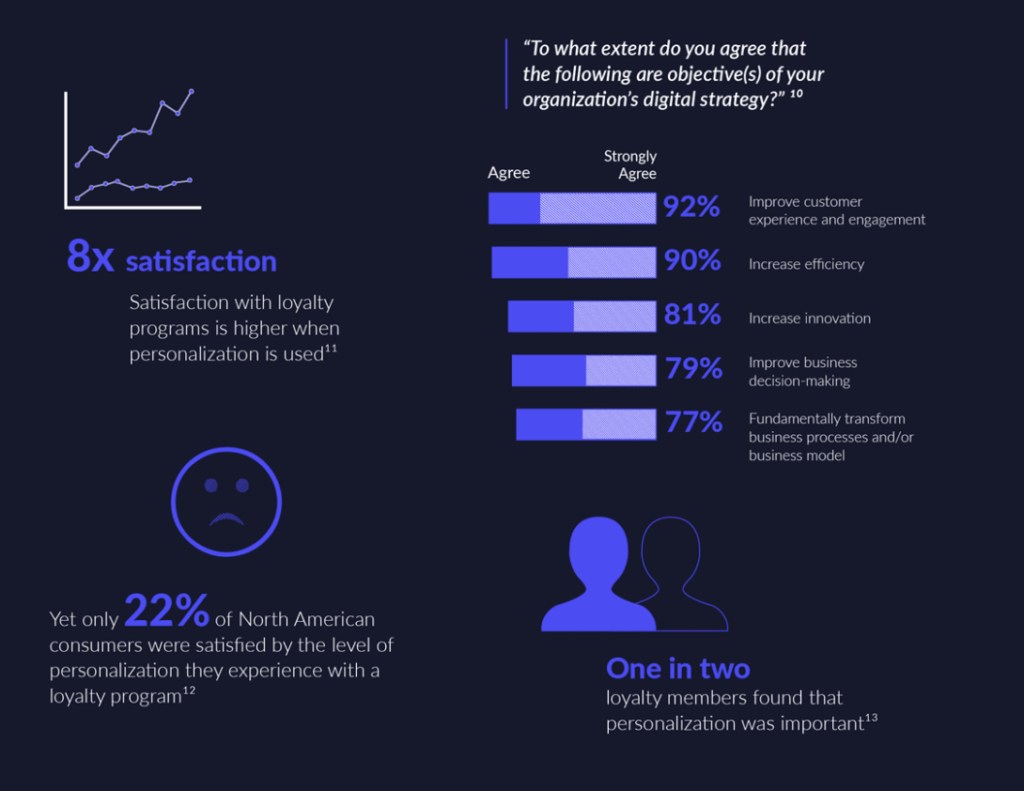Creating a new website from scratch is exciting. But where do you start?
The first step is choosing a website builder. If you do some preliminary research, you’ll quickly learn that Squarespace and WordPress are two of the top options to consider.
With that said, Squarespace and WordPress are very different.
Squarespace is a traditional website builder with some of the highest quality design templates that you’ll find on the market. It has a drag-and-drop builder, which means you don’t need to know how to code if you’re using Squarespace.
Squarespace is more of an all-in-one platform. You’ll be able to get your domain and web hosting plan from this provider as well.
On the other hand, WordPress is not technically a website builder, but you can still use it to create your own website. WordPress is a CMS (content management) system that powers 34% of the entire Internet. We use WordPress here at Quick Sprout.
WordPress requires a bit more technical knowledge and basic coding ability. The upside of using WordPress is that offers complete customization—it’s virtually limitless.
In short, anyone can create a beautifully designed website with Squarespace, but the functionality of the site will be limited. WordPress allows you to scale and customize your website with total freedom, but it requires more work and technical ability.
There are definitely pros and cons to each of these website builders. I created this guide to help you determine the best option for your website.
I’ve identified 12 evaluation categories that you should keep in mind when you’re looking for the best website builder. I’ll highlight the strengths and weaknesses of each platform and ultimately choose a winner for each category.
Simplicity and Ease of Use
To evaluate the ease of use, I considered how you set up an account and get your website started from scratch. I reviewed the building features as well as editing and managing your website down the road.
Squarespace Ease of Use
You don’t need to have any coding skills to use Squarespace. The drag-and-drop website builder and editing tools make it easy for anyone to create a website from scratch.
To get started, you simply choose a template and start customizing the page elements to your liking. You can even edit your website from your mobile device with the Squarespace app.

The best part about using Squarespace to build your website is that you can see what your changes look like in real-time. You’re dragging, adding, and moving things around directly on the page.
It’s easy to add a text box or image and simply drag it exactly to where you want it on the screen.
Although I don’t recommend it, you can also get your domain and hosting directly from Squarespace as well. These offers are great for people who want to manage everything in one place from the same provider.
WordPress Ease of Use
Getting started with WordPress requires a bit more work. You’re responsible for your own domain and hosting, which is what I would recommend regardless of the platform you choose.
But unlike Squarespace, your WordPress site gets built in the backend using code. You won’t see what these changes look like in real-time. You’ll essentially be making changes in the dark and then previewing them when you’re done to see how things turned out.
WordPress users will rely on plugins and coding skills to customize their websites.
WordPress does offer a builder-like tool called the Gutenburg editor, which allows you to add blocks for page elements like images, text, or headers.

However, this is not nearly as user-friendly and design-savvy as the drag-and-drop builder offered by Squarespace.
But for those of you with coding skills, WordPress will be a breeze. Plus, it’s the easiest way for you to have ultimate control over every single aspect of your website.
Best Website Builder For Beginners: Squarespace
In terms of simplicity and ease of use, Squarespace is the winner.
If you’re a developer or having coding experience, you’ll find WordPress very easy to use as well. But the average person with no technical knowledge will be lost using WordPress for the first time.
Professional Design
Website visitors will judge the credibility and trustworthiness of your website based on its design. Your design has a major impact on user experience, engagement, and conversions.
That’s why it’s crucial that you find a website builder that allows you to create an attractive and functional design.
Squarespace Design
Squarespace is best-known for the quality and professionalism of their templates and designs. If you have a creative vision for your website, Squarespace will let you turn that vision into a reality.
They offer templates that are clean and modern—perfect for building a website in this day and age.
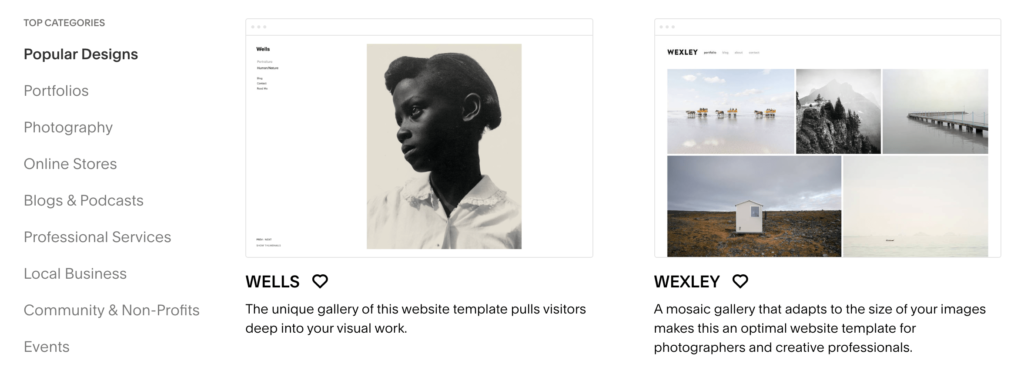
Finding a template for your website is easy. Just browse the list of categories to see choices for your niche.
Photographers, fashion designers, musicians, artists, and anyone with a portfolio should consider Squarespace to showcase their work. But it’s also a top option for small businesses and entrepreneurs.
Squarespace offers award-winning designs that are highly customizable and optimized for mobile devices. It’s easy for you to switch your template at any time.
WordPress Design
WordPress has thousands of both free and paid themes for you to choose from.
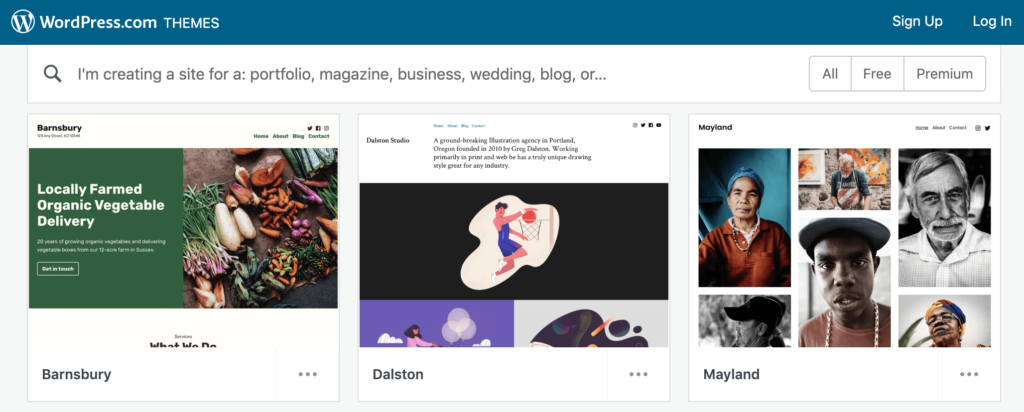
To find the best WordPress theme for your website, simply browse by category and determine your budget. As you can imagine, higher quality themes will cost you more money.
Since it’s an open source platform, anyone can add a theme to WordPress. While this gives you more options to choose from, it also means that some of the themes are not as responsive and reliable. So you need to make sure that you choose a theme that will support your site without weighing it down or causing problems.
Not every theme offered on WordPress will be optimized for mobile devices. Avoid any themes that aren’t mobile-friendly.
The upside of using WordPress for design is that you can completely customize your theme using code and plugins. Although switching themes isn’t always the smoothest transition, especially if you’ve made lots of complex changes to your site.
Best Website Builder For Design: Squarespace
While Squarespace has fewer themes than WordPress, the quality of the designs are far superior. All of the themes are all beautiful, mobile responsive, and highly customizable.
Squarespace is still a bit restricted in terms of how much you can change compared to WordPress. But this category was no contest from the beginning—Squarespace is the clear winner.
Built-in Features and Tools
This category focuses on “out of the box” features offered by each platform. This will give you an idea of your capabilities and limits without having to rely on any third-party tools.
Squarespace Features
Squarespace comes with tons of built-in features. It has virtually everything you need to build a new website from scratch. Some of the top features include:
- Free Google Fonts
- Video Backgrounds
- CDN (content delivery network) included
- Point of sale tools
- Email campaigns
- Marketing tools
- Ecommerce tools
- Blogging tools
- User data collection tools
The list goes on and on. You can check out the full Squarespace feature index here.
I like Squarespace because you don’t need to install any third-party plugins or apps to build, edit, and manage your site. Everything can be controlled directly from your admin dashboard.
Whenever Squarespace comes out with a new tool or feature, it will automatically be available for you to use.
WordPress Features
One of the reasons why WordPress is so powerful is because you can install a plugin for virtually anything and everything that you could possibly imagine. The problem is that those plugins don’t come standard when you create a WordPress account.
With that said, there are still some basic features that are built-in to WordPress.
Most of these features are related to publishing. WordPress has tools for things like scheduling content and editing images. You’ll also be able to add passwords to pages and manage your comments.
WordPress has features for multiple contributors and multilingual settings as well.
You are responsible for updating your WordPress version (we’ll talk about this in greater detail later). So any new features and tools won’t be immediately available if you aren’t updating your WordPress account.
Website Builder with the Best Features: Squarespace
Everything you need with Squarespace comes standard out of the box. The features are more robust and easier to access than WordPress.
While WordPress has the capability to do more overall, those tools and features aren’t built-in.
Plugins, Apps, Extensions, and Add-ons
Now let’s evaluate the tools and features that can be installed or added on to these website builders. Add-ons can offer more flexibility and customization when you’re creating your site.
Squarespace Apps
Squarespace does not have an app store or way to add building and customization capability to your website. All of its tools are already built-in to the platform, and they’re updated automatically.
With that said, you can integrate certain apps and tools with your Squarespace account.

But overall, you’ll be relying heavily on the built-in features when it comes to building and editing your website. The integration with third-party apps won’t really change that.
WordPress Plugins
As an open source platform, anyone can create a tool and add it to WordPress. Programmers and designers can offer these tools for free or charge other WordPress users to install them.
This is where WordPress shines. There are roughly 55,000 plugins available for you to download and install to your WordPress site.

The capabilities here are endless. There is a plugin for nearly anything you can possibly imagine. This gives you the opportunity to add custom functionality to your website.
Just be careful before you install a plugin to your site. Remember, anyone can create these.
I only recommend adding plugins offered by legitimate developers. So don’t slack when it comes to due diligence for evaluating a potential plugin.
To learn more about WordPress plugins and their capabilities, check out my guide on the best WordPress plugins for each essential category. This will give you a better understanding of the possibilities for your website.
Website Builder with the Best Add-ons: WordPress
All of the Squarespace apps are built-in, so the platform never really had a chance at winning this category. The sheer volume of available plugins that you can add to your WordPress site is unlike any other website builder on the market.
Plugins are the reason why people love WordPress so much. It’s the best way to truly customize your website exactly the way you want to by adding specific functions.
SEO Friendly
In order for your website to be successful, it needs to be visible and rank high in SERPs. You should definitely look for a website builder that has tools and features that focus on SEO.
Squarespace SEO
Squarespace has SEO best practices built-in to its platform. It has automatic sitemaps, auto redirects, canonical tags, robots.txt files, and plenty of other ways to boost your site’s SEO.
The nice part about using Squarespace is that you won’t have to go out and install any apps to deliver these SEO capabilities. You won’t have to think twice about your website being SEO-friendly because Squarespace handles everything for you.
WordPress SEO
WordPress is fully optimized for SEO on the backend. You can make changes to nearly every aspect of your website to make your content more appealing to search engines.
Modifying permalinks, creating a sitemap, header tags, meta descriptions, and robots.txt are all areas where WordPress excels. WordPress is the ultimate website builder for the technical side of SEO.
Plus, you can always add on plugins to improve your SEO strategy even further.
Yoast SEO has more than five million active installations. It gives you complete customization and control over your WordPress site from an SEO perspective.
Best Website Builder for SEO: WordPress
Squarespace is an SEO-friendly website builder, but it’s no match for WordPress. The flexibility of WordPress and the ability to add SEO plugins will give you an advantage when it comes to ranking organically in search engines.
Blogging Capability
All websites should have a blog. But there’s a difference between a blogging website and website that features a blog as a supporting element. I’ve taken both of these scenarios into consideration when evaluating Squarespace and WordPress for blogging.
Squarespace Blogging
Squarespace offers basic blogging capabilities. You can choose the layout and appearance of your blog while allowing multiple contributors as well.
You can tag your blogs, segment them into categories, and edit them at any time. Squarespace also lets you set up automatic posting on social media any time you publish a new blog.
The best part about using Squarespace for blogging is that you’ll get stylish templates for free.
But you won’t have the ability to access the HTML code of your blog, which is a problem if you really want to customize your content.
Overall, the Squarespace blogging tools are suitable for niche websites that also have a blog. For example, if you’re a photographer and use Squarespace to showcase your portfolio, you can add a basic blog as well.
WordPress Blogging
WordPress is built for bloggers. We publish hundreds of blogs per year here at Quick Sprout, and that’s one of the many reasons why we trust WordPress as our website builder and CMS.
Unlike Squarespace, WordPress lets you access the HTML code of your blog. You may not need to take advantage of this often, but at least it’s available when you need to.
WordPress is by far the most popular blogging platform on the market.
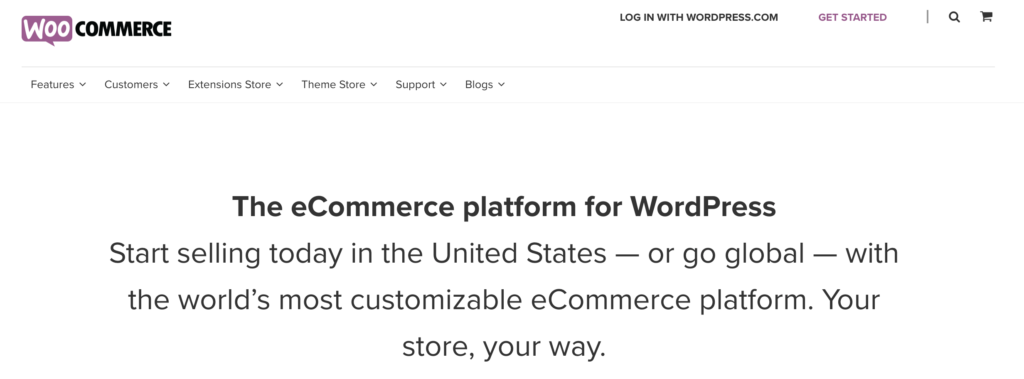
As you can see, Squarespace owns just a fraction of this market share.
Another benefit of using WordPress for your blog is the ability for you to manage comments. You have complete control over who can comment on your blog. WordPress also offers plenty of plugins to customize and improve the blog on your website.
Best Website Builder For Blogging: WordPress
If blogging is the primary feature of your website, WordPress is definitely your best bet. Squarespace offers a basic blogging platform, but the fact that you can’t access the HTML code of your content is a huge downside.
Ecommerce Functionality
Are you planning to sell products or services online? You need to find a website builder that makes this as easy as possible for you.
Squarespace Ecommerce
Modern layouts and simple designs make Squarespace a frontrunner for selling online. You can easily build an ecommerce shop using Squarespace since ecommerce functionality is built-in to the platform.
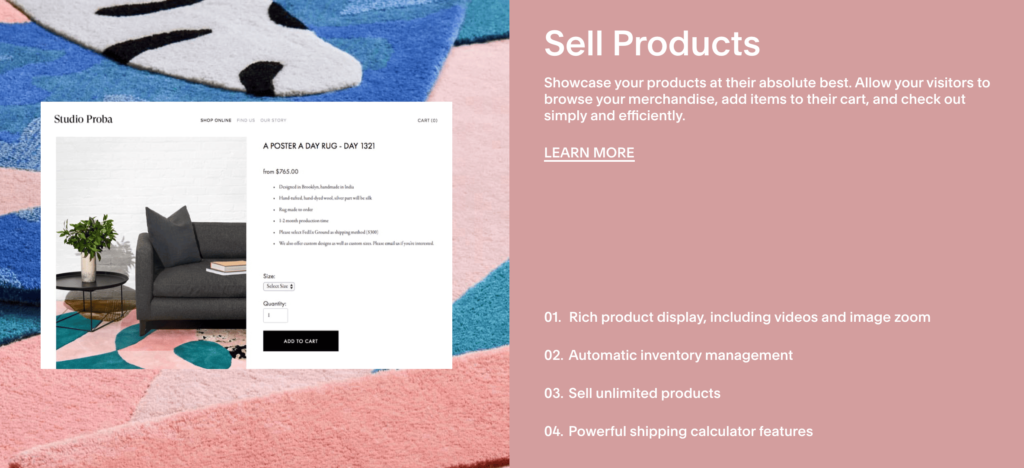
Squarespace makes it easy for you to sell products, services, subscriptions, and digital content. You can also sync your online inventory with your physical store locations to improve in-person selling.
You’ll also benefit from features like built-in tax tools, gift cards, discount codes, and flexible checkout pages. This is everything you need to optimize your ecommerce shop for conversions.
Squarespace offers easy ecommerce integrations with platforms like PayPal, FedEx, UPS, Stripe, Apple Pay, USPS, and many more.
WordPress Ecommerce
WordPress is not optimized for ecommerce out of the box. You’ll need to install a plugin for ecommerce functionality.
There are tons of options to choose from, but WooCommerce is the most popular and it’s what I would recommend.

Once you install WooCommerce to your WordPress site, selling online is simple. You’ll have the ability to completely customize your store, instead of relying on cookie-cutter designs and templates.
It’s possible to add any function to your ecommerce site with WordPress. You can work with a developer or programmer to create these functionalities for you if you can’t find a plugin that meets your needs.
With WooCommerce (and other plugins), it will take you a bit longer to build a store from scratch. Updates to the plugin and your WordPress version aren’t always smooth.
Best Website Builder For Ecommerce: Squarespace
Squarespace is the winner for ecommerce because the capabilities are already built-in to the platform. You can start selling products and services with Squarespace out of the box with no hurdles in the setup process.
WordPress ultimately offers better flexibility and customization for your ecommerce store, but it’s reliant on plugins.
If you already have a WordPress site, then installing WooCommerce is a no-brainer. But if you’re building a new ecommerce store from scratch, you’ll be better off with Squarespace.
Maintenance and Updates
When evaluating the best website builders, you need to look beyond the initial creation process. It’s important to choose a platform that makes it easy for you to manage, maintain, and update your content for the lifetime of your website.
Squarespace Maintenance
Ongoing maintenance with Squarespace is about as easy as it gets. There is nothing that needs to be done on your end.
Squarespace regularly tests updates and automatically applies them to your website. In most instances, you won’t even know that anything has happened. This allows you to spend your time focusing on more important tasks related to owning and operating a website.
WordPress Maintenance
WordPress is constantly coming out with new updates. They do this in order to improve the security and performance of the platform. Failing to update your WordPress version can put your site at risk for malware and attacks.
In addition to updating WordPress, you also need to keep up with updates for all of your plugins. Sometimes plugins aren’t updated as frequently as they should be, which can cause compatibility issues with your WordPress version.
You can take advantage of automatic updates, but it still requires you to stay on top of everything.
Best Website Builder For Maintenance: Squarespace
Squarespace maintenance is hassle-free. They handle all of the updates for you, which is a big edge over WordPress.
Keeping up with WordPress updates can be a pain, but it’s really not that difficult. Just don’t ignore them because you can put your website at risk for problems related to security and performance.
Security
Unfortunately, security needs to be a top concern for every website. There are too many bad people out there that target websites with malware, spam, and hacks in an attempt to steal information related from to business, customers, and website visitors.
Every website is at risk, no matter what platform you’re using to create and manage your site. But some platforms offer more advanced security capabilities and features than others.
Squarespace Security
Squarespace includes an SSL certificate with your plan. They handle all of the security for you.
Since Squarespace is a popular website builder, hackers will occasionally target it. But overall, it’s not as big of a target as more popular platforms.
WordPress Security
With WordPress, the security of your site is completely in your control. This has its pros and cons.
On the one hand, you can take steps to set up your website to be a fortress. But on the other hand, if you do nothing, your site will be susceptible to attacks.
The benefit of using WordPress is that you can install security plugins, like Wordfence, to handle all of this for you as well.
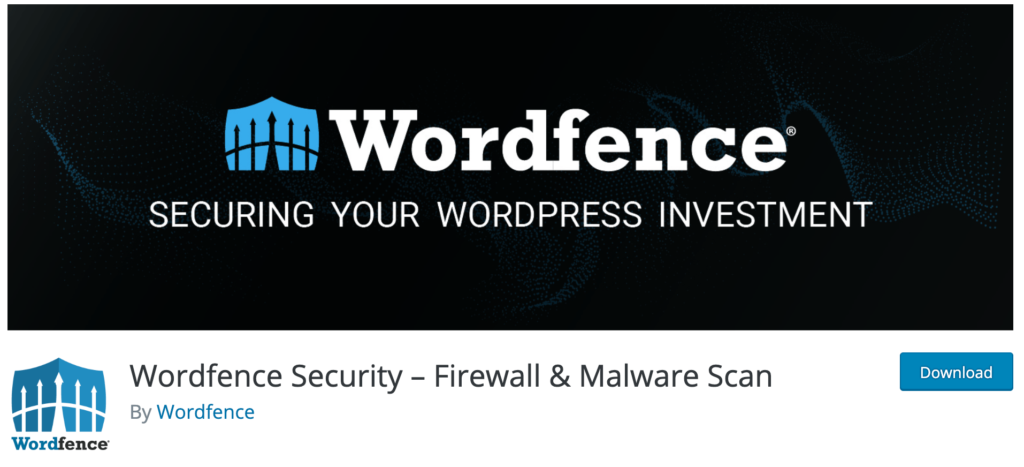
If you’re using WordPress, check out my list of the best WordPress security plugins to see some alternative options.
But since WordPress is the world’s most popular CMS, it’s also the most attacked platform by hackers and cybercriminals.
Best Website Builder For Security: Squarespace
This was a tough one, but Squarespace is more secure compared to WordPress. Squarespace sites aren’t as vulnerable to attacks and the Squarespace team handles everything for you. The fact that an SSL certificate comes standard with your plan is a bonus as well.
WordPress is still secure if you know how to set up everything properly. But it’s not the safest option out of the box.
Retaining Rights to Your Content
Content ownership might not be the first thing you think of when you’re creating a website. But you should always review the policies of whatever platform you’re using to publish content on the web.
Without realizing it, you may inadvertently lose the rights to work that you thought was your own.
Squarespace Content Ownership
Anything you publish on Squarespace is your content. If you decide to move to another platform, you can take all of it with you.
However, the templates are licensed to you; they aren’t actually owned. So even if you paid for a template, you won’t be able to keep it if you leave Squarespace.
Here are a couple of excerpts from the Squarespace terms of service page that are worth reviewing in greater detail.
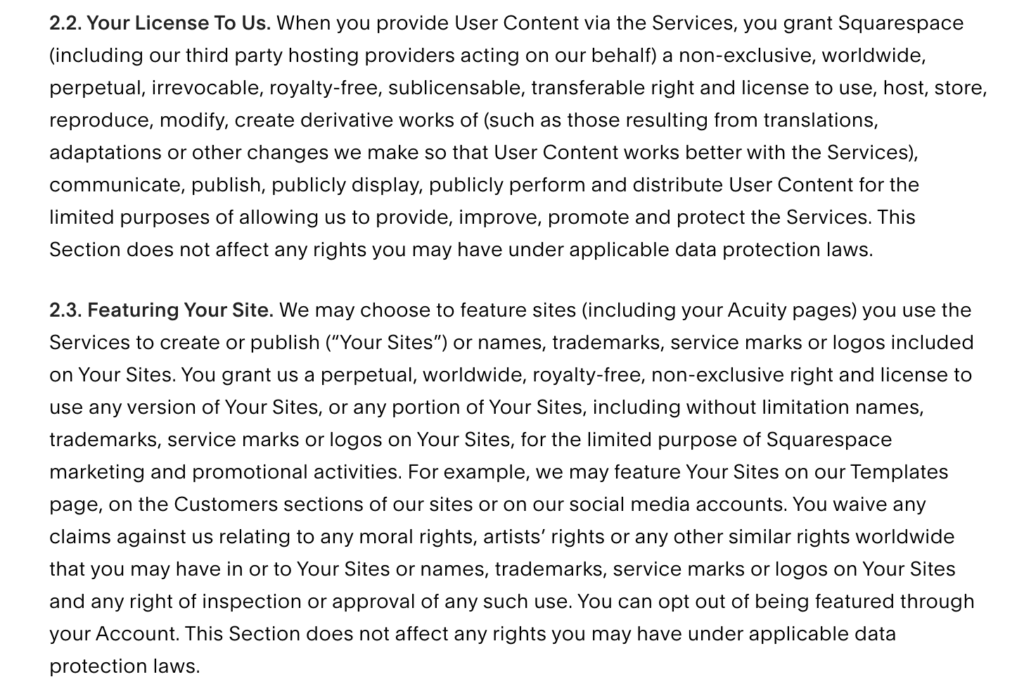
In short, everything on your website is being licensed to Squarespace. This means that they can modify, store, publish, and reproduce your work.
Under this agreement, they also have the right to use your website as an example for marketing and promotion of their platform.
Some of you might be turned off by this, but I wouldn’t worry too much about it. Big companies like Squarespace will always try to keep their customers happy. It doesn’t benefit them to steal your content outright. This terms of service agreement is pretty standard if you compare it to social media networks like Facebook, Instagram, or Twitter.
WordPress Content Ownership
WordPress is a free and open source platform. All of the source code on WordPress is free for anyone to distribute, modify, and use as their own.
That’s what makes WordPress so great. It’s perfect for adapting and customizing functions to your specific needs.
Since WordPress is set up this way, all of your content is 100% yours. WordPress does not impose licensing terms similar to Squarespace. This means you have total control and ownership of your content with no strings attached.
Keep in mind, WordPress users are responsible for their own web hosting. So your web hosting provider might include content ownership terms that are similar to Squarespace.
Best Website Builder For Owning Content: WordPress
WordPress has better terms than Squarespace when it comes to owning content. If you use WordPress, then you don’t have any licensing contingencies in your terms of service.
You won’t be able to keep your site themes or templates, regardless of which platform you use.
Site Migrations
In a perfect world, you’ll build your website on a platform and stick with it forever. But for one reason or another, you may decide to migrate your site to a new platform.
Maybe you want to move from WordPress to Squarespace. Or maybe you’re trying to migrate for Squarespace to WordPress. You could potentially migrate your site to a different platform altogether.
Website builders don’t always make it easy on you when you’re leaving. So this evaluation category primarily focuses on exporting your site during a migration.
Squarespace Migrations
Migrating your site from Squarespace to another platform can be tricky. Squarespace limits what you’re able to move and retain during a migration.
You’ll be able to migrate all of the basics like your pages, blog, comments, galleries, image blocks, and text blocks. But beyond that, you’ll have to rebuild quite a bit on the new platform when the migration is complete.
Squarespace offers step-by-step instructions to guide you through the migration process, which is definitely helpful.
The complexity of your migration will depend on the type of website you have. For example, it will be easier to migrate a Squarespace blog than a Squarespace ecommerce store.
WordPress Migrations
Migrating content to or from WordPress is a bit easier. Since it’s the platform is so popular and widely used, it’s compatible with whatever formats you were previously using or plan to use moving forward.
In some cases, your web hosting provider can handle WordPress migrations for you. Depending on the plan you have, this could be free or for a small fee of around $100.
If an expert is able to migrate your WordPress site for you, then I’d definitely take advantage of it. Even if you have to pay, it’s worth getting it done properly.
Best Website Builder For Site Migrations: WordPress
Migrations are a pain no matter what platform you’re using. Exporting and importing on both ends is usually a hassle. I’ve never met anyone who enjoys this.
But with that said, WordPress has the edge here because of its popularity. It’s more compatible with other platforms than Squarespace.
Customer Support
I always use customer service as a factor when I’m evaluating a product or service. I want my provider to be there for me whenever I need help or assistance.
Squarespace Support
Squarespace has excellent support. They have a dedicated IT team available 24/7 via live chat and email.

They also have an extensive knowledge base that’s easy to use for troubleshooting on your own. Squarespace offers webinars to teach you how to use their platform and improve your website.
As an all-in-one platform, Squarespace offers things like security, hosting, and a CDN standard with all plans. They handle all of the backend functions of your site so you won’t have to worry about anything.
WordPress Support
If you’re using WordPress, you need to be good at finding answers on your own.
Fortunately, WordPress has a massive community of users. So there are tons of forums and help articles available online.
Not every WordPress user has access to live support. Only paid plans will have this option, and the level of support offered depends on how much your paying.
Best Website Builder For Customer Service: Squarespace
The 24/7 live chat and email support offered by Squarespace is unbeatable. There is definitely more information about how to use WordPress on the web. But in terms of a dedicated support team, Squarespace is the winner.
Price
We can’t evaluate these website building platforms without comparing the prices.
Squarespace Price
Squarespace has four different plans, starting as low as $12 per month. Here’s a brief overview of the pricing tiers.
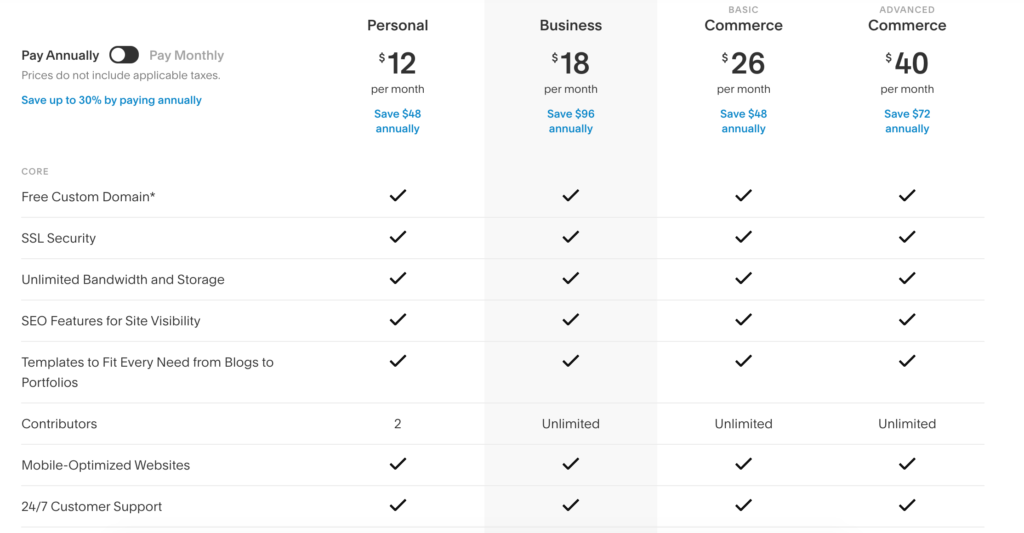
The plan you choose will depend on the type of website that you’re building. For example, if you plan on selling online, you’ll need the Basic Commerce plan, at a minimum.
But if you are running a small, simple, personal portfolio site, you can get away with the Personal plan, which is very cost-effective.
WordPress Price
WordPress is free. But if you want to upgrade to a premium plan, these are your options:
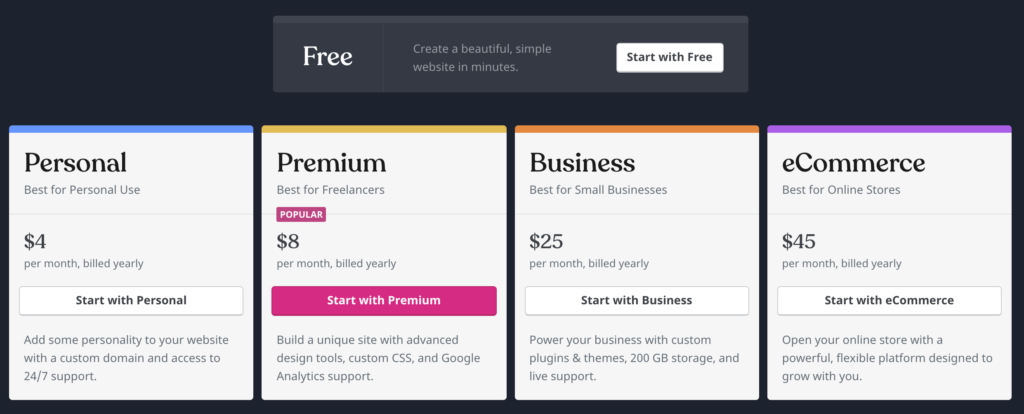
If you’re just running a small blog, you can stick with the free plan or upgrade to the cheapest plan. But any other website should consider the Premium option, at a minimum.
Upgrading your WordPress plan gives you access to features like premium templates, marketing tools, and support.
The amount of storage you need will affect which plan you choose.
Best Value Website Builder: WordPress
The fact that you can use WordPress for free is a great option for new websites. The two entry-level WordPress plans are cheaper than the lowest Squarespace plan.
WordPress can cost as much or as little as you’d like. Some plugins will require payment, which adds on to your base cost.
Who is Squarespace For?
Squarespace is the best website builder for artists, musicians, photographers, fashion designers, and entrepreneurs. If you’re creative, but not technically-inclined, then you can build a beautiful website on Squarespace with the drag-and-drop builder.
As an all-in-one platform, Squarespace is very easy to manage and maintain. All of the features and tools come built-in, so you never have to worry about adding anything on.
Who is WordPress For?
WordPress is best for developers, programmers, bloggers, and webmasters who know how to code. If you want complete control over the look and feel of your website, WordPress gives you the ultimate ability to customize.
WordPress is pretty bare and limited out of the box. So it’s up to you to add plugins and code the site to meet your standards. It requires a bit more work, but the possibilities are endless.
Final Verdict: Which is Better?
Now to the burning question—which website builder is better? Squarespace or WordPress? Here’s a quick recap of the categories we evaluated above:
- Ease of Use — Squarespace
- Design — Squarespace
- Features — Squarespace
- Plugins and Apps — WordPress
- SEO — WordPress
- Blogging — WordPress
- Ecommerce — Squarespace
- Maintenance — Squarespace
- Security — Squarespace
- Content Ownership — WordPress
- Support — Squarespace
- Value — WordPress
Each website builder has its upsides and pitfalls. It all depends on what you’re looking for and what’s important to you.
Based on these factors alone, Squarespace wins 7-5. But with that said, WordPress is still a great option for lots of websites. We use WordPress at Quick Sprout, and I haven’t considered switching because it handles everything we could possibly need.
But what’s best for me may not be best for you. If you’re building a new website from scratch and you don’t have any coding experience, Squarespace will probably be your best option.
Still not sold on either of these platforms? Check out my guide on the best website builders for plenty of alternative solutions.
